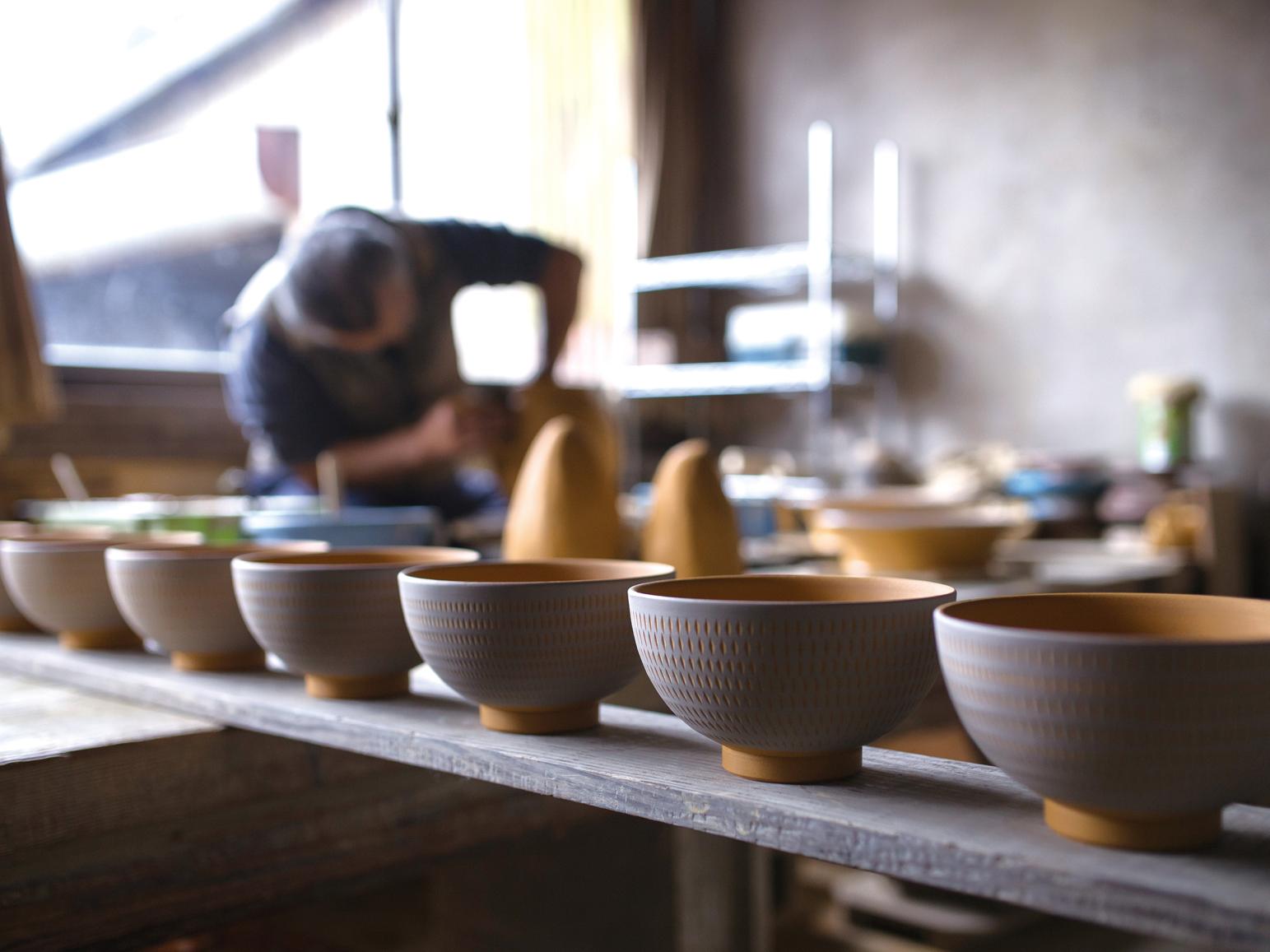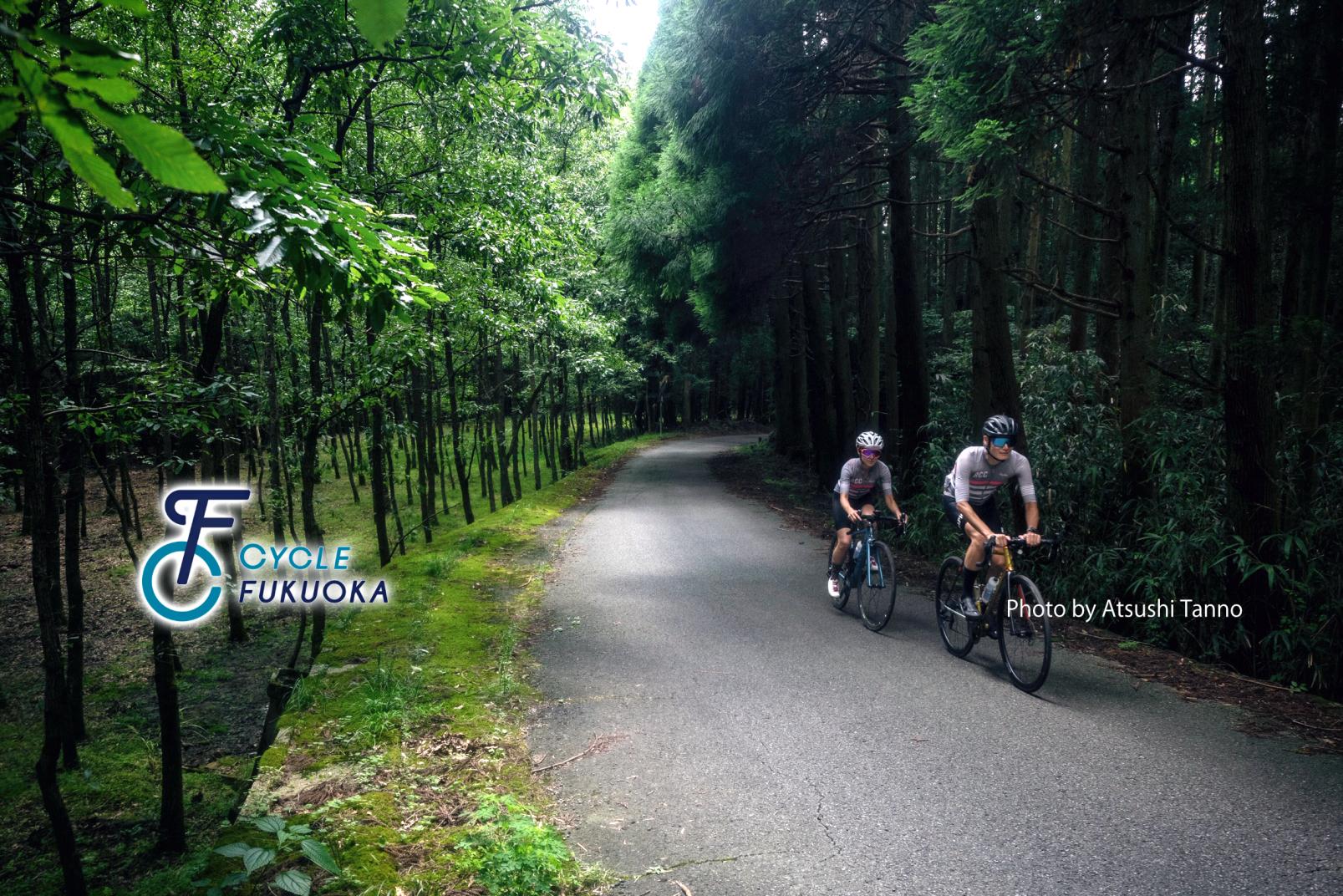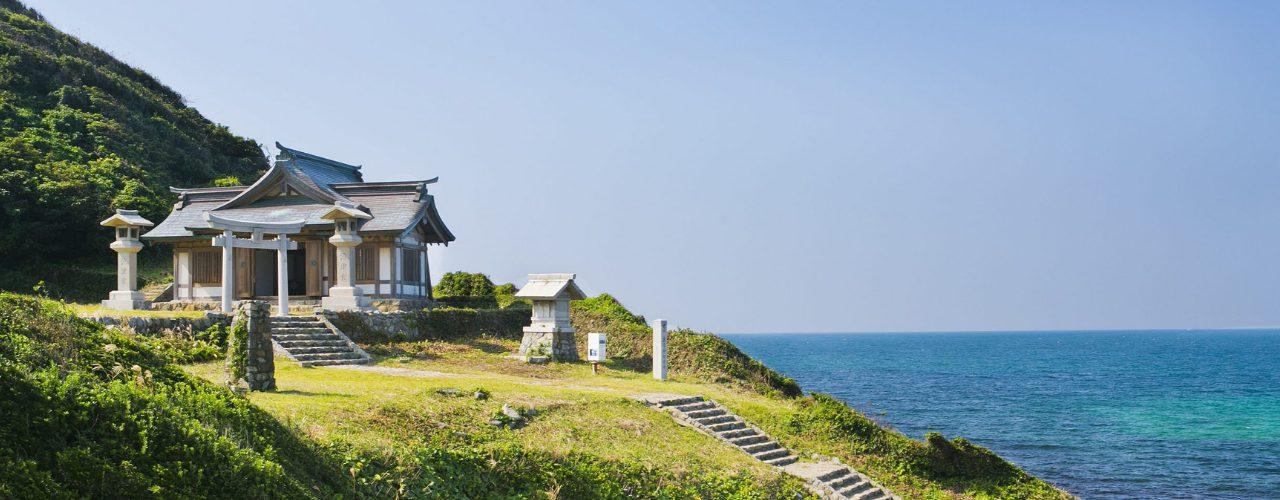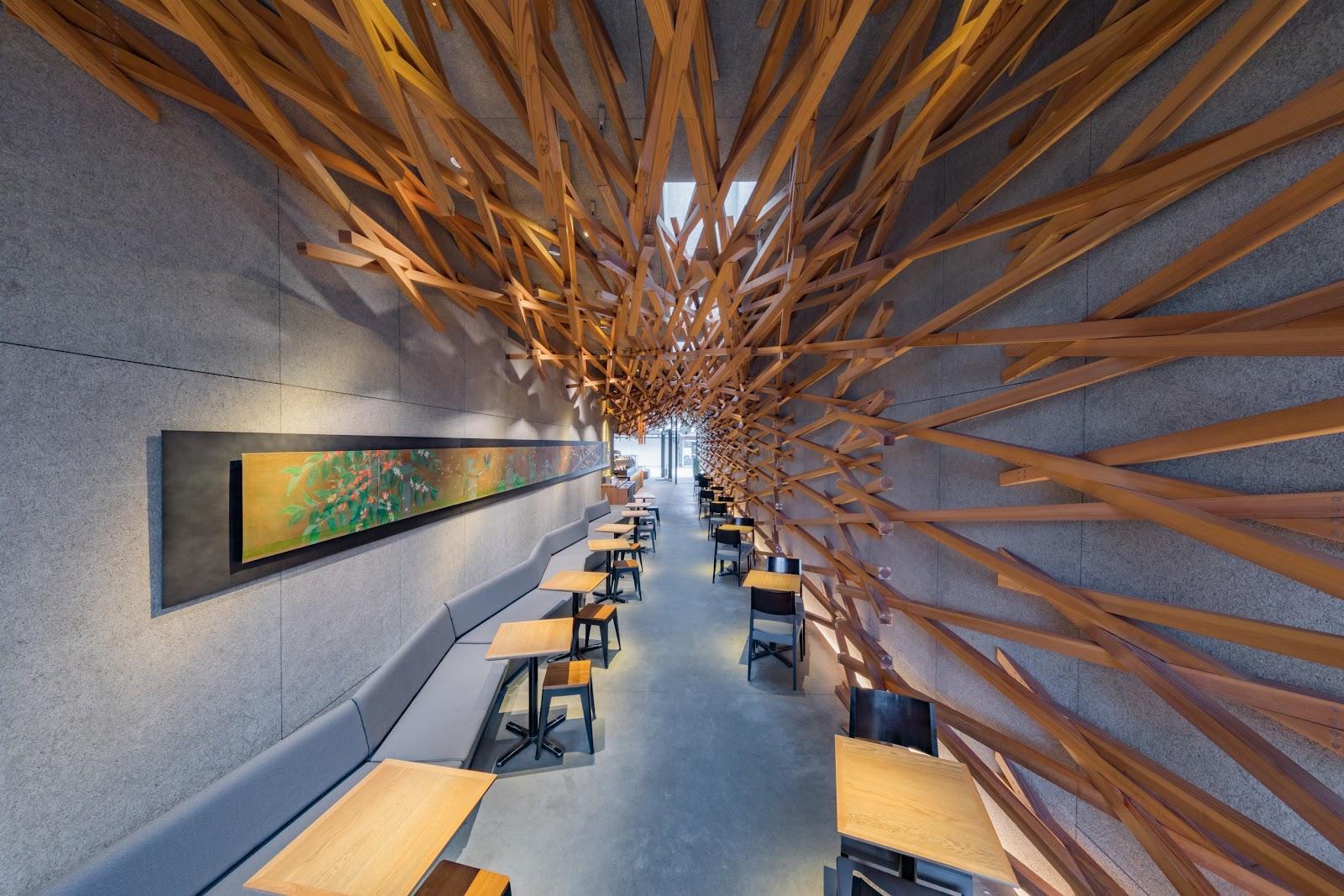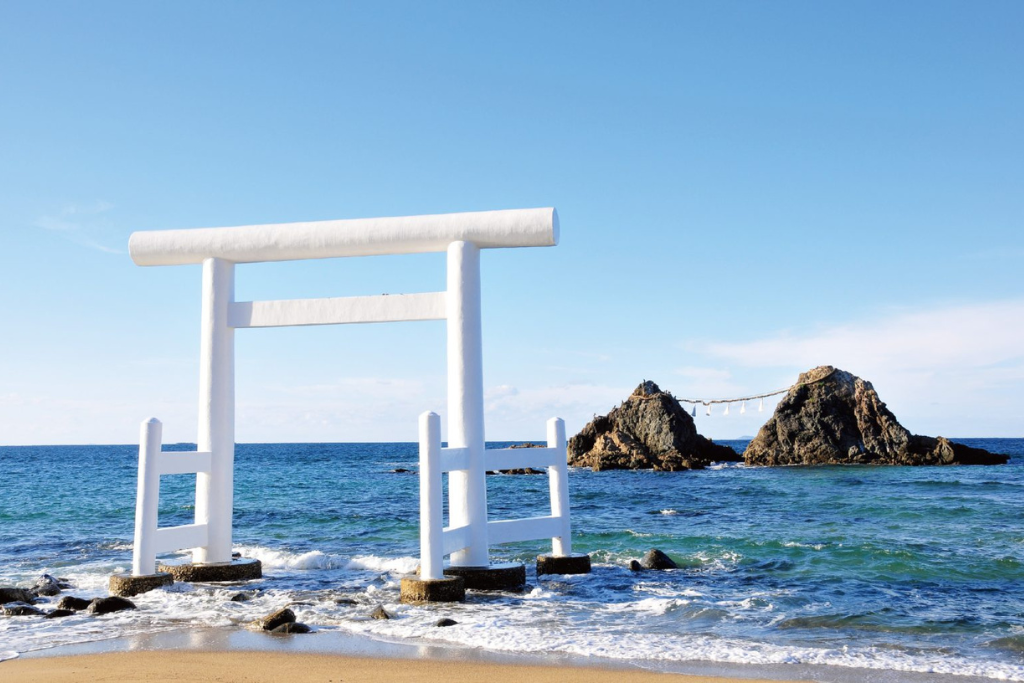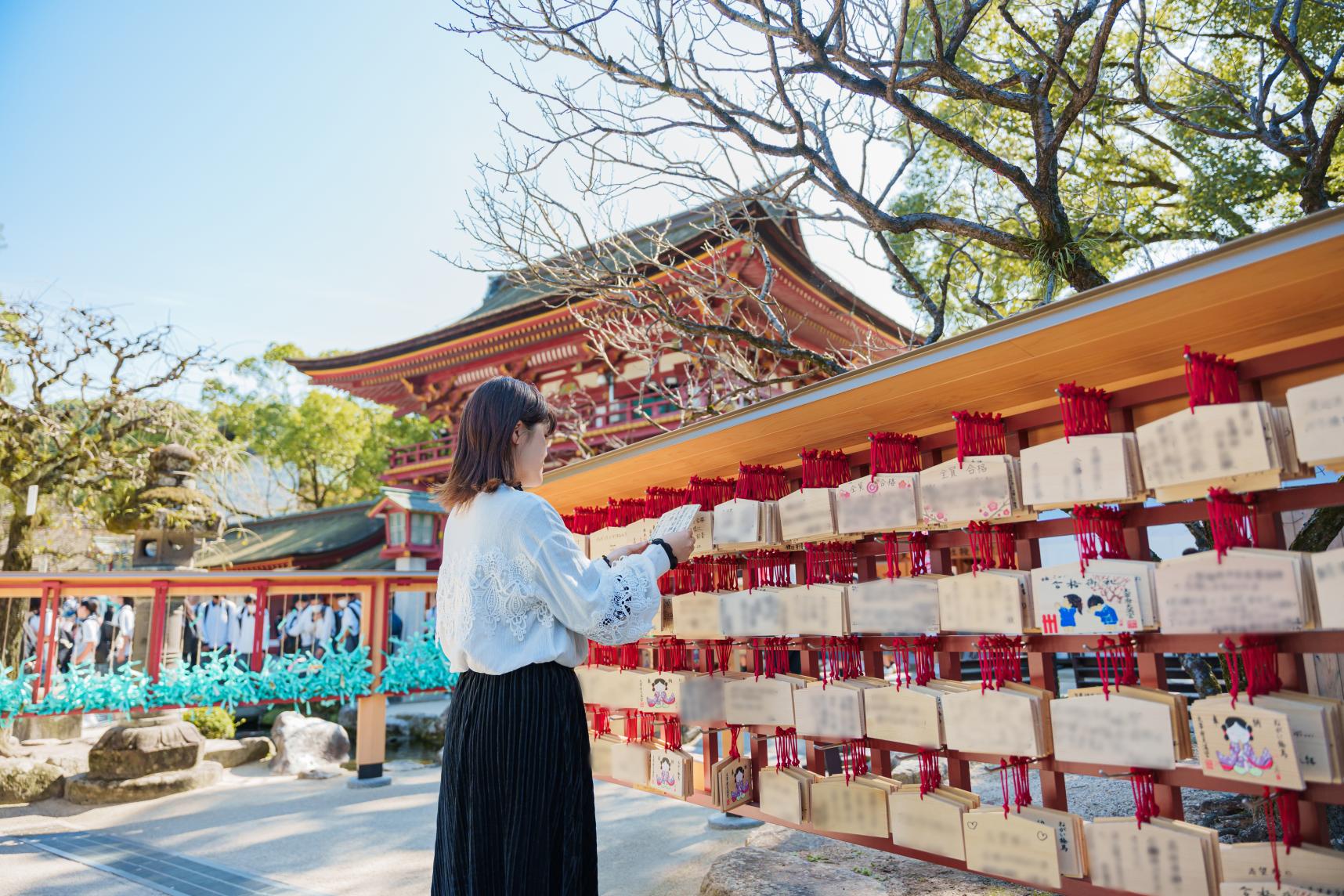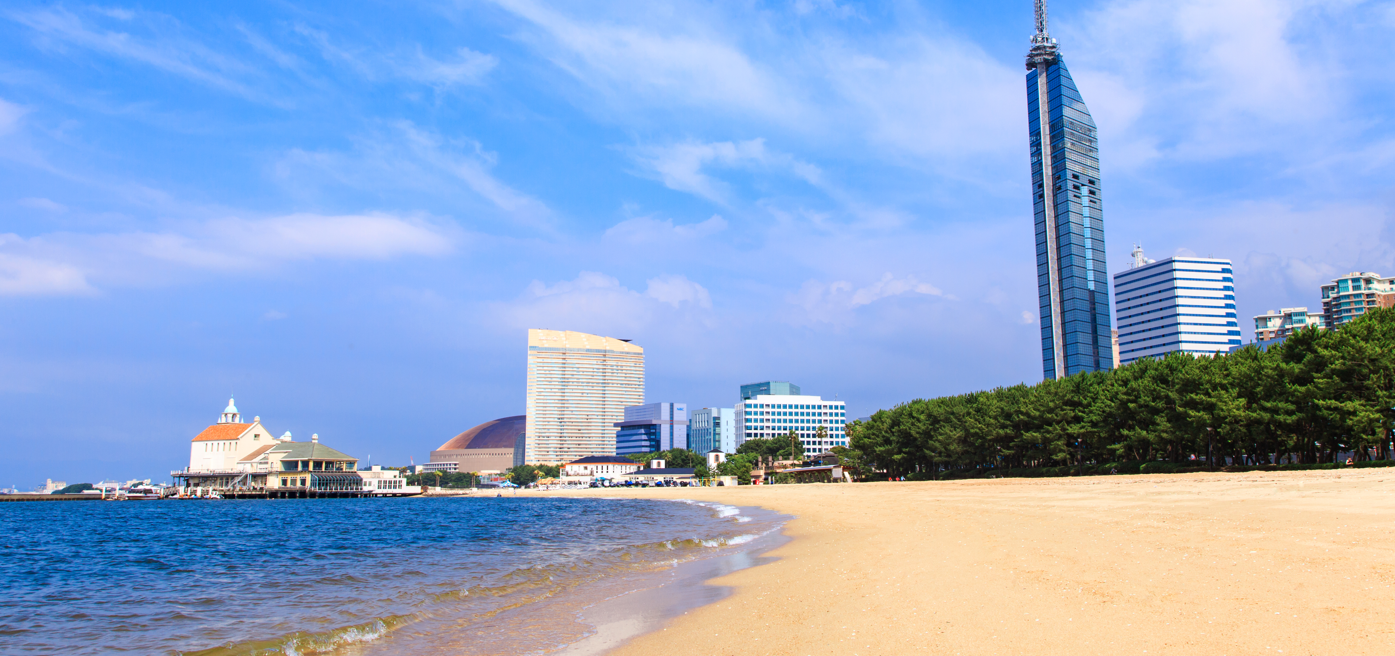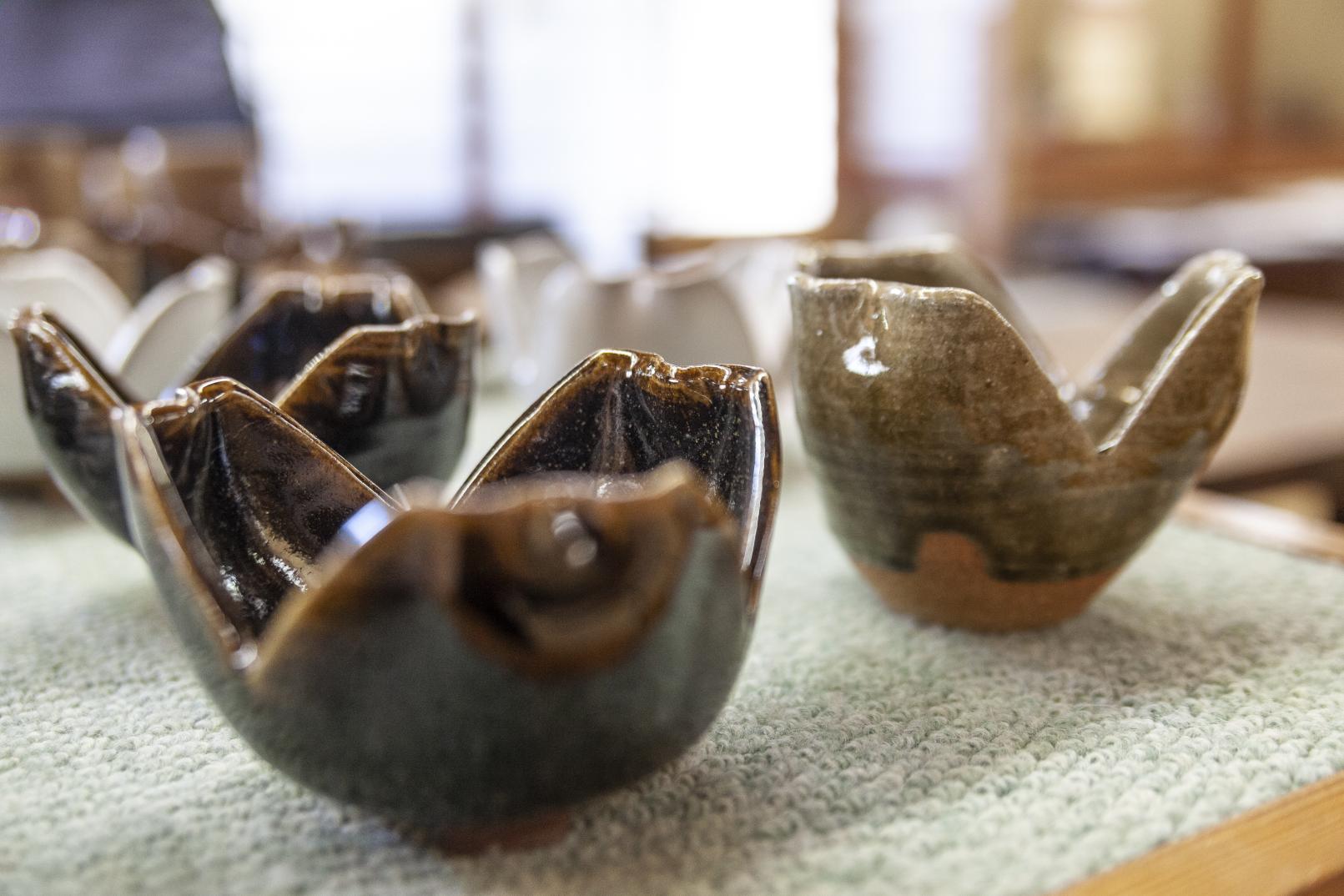
Agano Yaki Pottery: A Timeless Artform from Fukuoka’s Fukuchi Town
The world of Agano ware is a treasure trove of art and tradition found in Fukuchi Town and its surrounding areas of Tagawa district in Fukuoka Prefecture. This exquisite form of pottery, also known as Agano yaki, is renowned for its elegance, lightweight, and unique design. Originally intended for tea ceremonies, Agano yaki has become one of the world’s most cherished and sought-after Japanese ceramics. What is so special about Agano yaki? Perhaps the delicate balance between form and function and the incredible variety of enamel used to produce a diversity of colors, textures, luster, and patterns. The pottery’s most representative enamel is a green rust that uses oxidized copper, resulting in a breathtaking blue color. Still, other types of enamel may include iron, white-brown, and transparent, each with its unique look.
Let’s embark on a journey through the story of this craft and some of the experiences available thanks to local pottery masters.
A Brief Story of Agano Yaki Pottery
Agano yaki’s quality is backed by 400 years of history, producing magnificent pieces one after another. It is said that the origins of Agano yaki can be traced back to Tadaoki Hosokawa, the lord of the Kokura domain in the old province of Buzen (present-day Fukuoka Prefecture), who, in 1602, invited a potter named Sonkai from the Joseon Dynasty to build a kiln in Agano. The region’s abundant clay made it an ideal location for pottery production, and the kiln quickly became the preferred choice of successive lords from the Hosokawa and Ogasawara families.
Hosokawa was a tea ceremony master who learned from none other than Sen no Rikyu, the most influential historical figure who shaped the tea culture in Japan. Thus, he built the kiln to produce utensils used mainly in the tea ceremony. The characteristics of said pottery explain the relationship between Agano pottery and the tea ceremony: thin and lightweight compared to other ceramics; the foot of the bowl is often taller than other types of pottery, opening onto a wide base, which adds to the pottery’s gracefulness and makes it especially suitable for tea ceremony bowls. Additionally, Agano ware is notable for its kiln alteration, a process that melts the glaze in the kiln to produce a variety of patterns. Its charm lies in its subtle “wabi-sabi” aesthetic, reflecting the simplicity and quietness of the tea ceremony. Thin and light, Agano Yaki is known for its various colors created using different types of glaze, valued for its tradition and the ingenuity of the forerunners who have made so many pieces over the years.
From Tea Ceremony Ware to Regional Treasure
Despite the strength of its origins, Agano yaki nearly disappeared after the transition from the Edo (1603–1867) to the Meiji era (1868 – 1912). The change of eras brought forth the abolition of the feudal systems, and the craft lost its illustrious sponsor’s protection and backing. But its strength lies in its ability to evolve and not compromise with the present situation. Fukuoka’s Tagawa district kept the craft alive, achieving the revival of Agano Yaki by 1903. In 1983, the national government recognized the importance of Agano-yaki by designating it as a traditional craft, further cementing its status as a treasured part of Japan’s cultural heritage and a beloved symbol of Fukuoka Prefecture.
With each kiln continuing to build on a long tradition of innovation and creativity, Agano yaki remains a testament to the enduring appeal of Japanese pottery. Today, there are approximately 20 kilns scattered throughout the Agano area, each with its own unique approach to refining pottery techniques. As you explore the town of Fukuchi, you will be transported back in time to a world where beauty, grace, and artistry are the pillars of society.
The Process of Making Agano Yaki Pottery
Despite its prestigious status as tea ceremony ware, Agano yaki pottery is versatile, with many kilns producing a diverse range of daily-use items. The pottery is characterized by various colors and textures, with enamel glazes ranging from blue-green to transparent and iron to white-brown. Each glaze has a different gloss and texture, often made as they were in the past from natural materials such as straw ash and minerals.
The production process starts with collecting high-quality clay from the mountains near Fukuchi. The collected clay is then dried and finely ground by machine before being sieved to select the best quality clay for production. Next, water is added to the clay, and a technique called elutriation is used to further sort and select the best clay. This process involves filtering the water and sorting the fine-grain clay. After filtering, the clay is hand-kneaded to extract all air bubbles. This stage is critical because any air bubbles left in the clay could cause the pottery to break or explode during firing. Once the clay is ready, it is shaped into whatever piece is desired, then left to dry partially before smoothing the base and attaching handles. The pottery is left to dry completely in the sunlight for two to three weeks.
Once completely dried, the pieces are given the first firing, or bisque firing process, which prepares them for glazing. This is a required step for the pieces to have proper glazing and to produce color deformation during firing. At the glazing stage, the most frequently used enamel is blue-green, which contains copper that allows for a striking color hue. A range of other enamels, including iron enamel, white-brown enamel, ash glaze, tri-colored enamel, and transparent glaze, are also used, producing a variety of hues and textures. Finally, the glazed pottery is fired again before the pieces are completely ready.
The whole firing process in the kiln takes about 30 hours. Workers must carefully watch the temperature and color of smoke, as temperatures require precise measurements to get the intended results. This is the most crucial operation, and any mistake could result in the entire process being wasted.
Keeping History Alive at Watari Gama
With a 400-year heritage that goes back to Sonkai himself, Watari Gama’s history can be said to be almost Agano yaki’s history all the same. Discussing Agano yaki with the current 12th Generation Watari-san, it becomes evident that tradition is not just about preserving the past but also about innovating for the future. He believes that by protecting the heart and conveying the spirit of his ancestors, he can create vessels that not only represent his craft but also represent himself. Watari’s work is a reflection of his inner journey, and he finds great joy in the slow and deliberate process of crafting each piece by hand. In today’s fast-paced society, where change is constant, Watari Gama’s handiwork stands out as a testament to the power of patience and persistence.
For the 12th-generation Watari, making ceramics is not just a job but a philosophy that involves a sense of history and a reverence for nature. As a result, his work has the ability to transform not only himself but also those around him. With every piece he creates, Watari aims to change the world, one vessel at a time.
Despite his success and acclaim, Watari remains humble and committed to his craft. He sees his work as a lifelong journey and continuously seeks ways to improve and innovate. He believes that by devoting himself more and more to his work, he can positively impact the world and change the things around him.
Watarigama
A Surprising Connection Between Agano Yaki and Christianity
Discussing the region’s connection to Agano yaki, a bit of historical fact emerges, which provides a fascinating inter-cultural insight into the quintessential Japanese art form of the tea ceremony and Christian culture. According to records found at the Eisei-Bunko Research Center of Kumamoto University in 2016, Tadaoki Hosokawa, the aforementioned lord of the Kokura domain, had ordered his vassal Taouemon Ueda to make wine out of grapes in 1628. These records show that other fellow vassals were also enlisted to master the skills of making alcohol. This discovery led to uncovering of grape harvesting records for wine production, which were meaningful for the Kokura domain, so much so that they were even exporting wine to the central government in Edo. An indication that the wine produced in the Kokura domain was probably of outstanding quality. Turns out that wine was important to them as the Hosokawa family had a close connection to Christianity. Tamako, the wife of the first lord, Tadaoki, was a baptized Christian with the name of Gracia. Tadaoki himself was also a Christian and even played a role in the initiation of Gracia into the faith.
Given the Christian connection to wine, it’s unsurprising that it played an important role in the Mass. Tarouemon likely learned the art of winemaking from a Spanish priest, Gregorio de Cespedes, who was secretly sheltered by Tadaoki in Kokura Castle. At that time, Spain used ceramic jars for aging wine, and it’s possible that a jar made of Ueno ware was used in Buzen territory. There is a holy place for hidden Christians called Kurusu Pond in Ueno, adding further credence to the connection between wine and Christianity in the region.
A Hands-on Experience at Koshin Gama
No deep dive into the world of Agano yaki would be complete without experiencing it oneself. And no better place to have first-hand experience with pottery-making than with Koshin Gama potters.
Koshin Gama, a renowned kiln under the Agano yaki umbrella, produces timeless pottery pieces that are both functional and beautiful. These pieces will stay with you for a lifetime, becoming a part of your daily routine and treasured family heirlooms. This three-generation company has continuously refined its techniques and expertise, with the current owner taking the legacy to new heights with his creativity and innovation, catering to diverse customer demands. Their designs embody versatility, striking a perfect balance between aesthetic appeal and usability, and are an excellent fit for traditional Japanese and modern Western living styles. With a commitment to creating pieces that complement various lifestyles, the third-generation owner of Koshin Gama Pottery offers a pottery collection that is second to none.
To top it off, this kiln also provides a unique opportunity to experience the art of pottery making. With the support of these skilled potters, the Koshin Gama pottery experience allows anyone, even beginners, to create beautiful Agano pieces with ease.
oshin Gama provides a wide range of glaze colors. This means you can create a truly unique piece of pottery that reflects your personal taste and style.
Once you’ve completed your masterpiece, Koshin Gama will take care of the firing and glazing process, sending your finished work to your designated location approximately one month later. Please note that some natural damage may occur during the drying and firing process, so they recommend creating as many pieces as possible to ensure your satisfaction. Also, as previously mentioned, kiln and glaze conditions can affect the final color of your pottery, so it may not be possible to reproduce the exact color you had in mind. However, with one kilogram of clay provided per person, you can experiment and create to your heart’s content.
Even if you’re new to the electric potter’s wheel, there’s no need to worry. Koshin Kiln’s potter will guide you every step of the way, ensuring you create a beautiful piece of pottery you can be proud of. Just wear clothes you don’t mind getting dirty in, as the electric potter’s wheel can splatter mud. If you don’t have appropriate attire, apron rentals are available for your convenience.
For just 3,000 yen, including clay and firing fees, you can enjoy a complete pottery-making experience at Koshin Kiln. With its welcoming atmosphere and skilled support staff, this is an experience you won't forget.
Toshingama
Agano Village Exchange and Museum Hall
The perfect location to round up the experience is the Agano Village Exchange and Museum Hall, a treasure trove for pottery enthusiasts. This facility is an exhibition and sales center located at the foot of Mount Fukuchi, a place rich in nature that is part of the Kitakyushu National Park. Here, traditional crafts, unique products, and seasonal foods are combined in an idyllic setting that connects the natural and deep cultural resources of Agano in a place that supports communication and exchange to give back to the community.
For visitors, it’s an ideal opportunity to experience the charm of Agano yaki. The gallery-like layout of the shop allows visitors to discover and enjoy the individuality of the works of each member of the Agano Yaki Cooperative. There is traditional pottery on display, as well as a wide variety of tableware, vases, and other everyday items that are widely appreciated as modern ceramics with young and contemporary audiences in mind. In addition to the exhibition and sales center, the Agano Yaki Kaikan also carries out many cultural activities regarding local crafts, such as fairs and limited-time exhibitions to showcase the works of particular artists or types of objects. These activities allow visitors to learn more about the region’s traditional crafts and appreciate local artisans’ skills.
Besides the exhibition and sales hall, an adjacent market sells fresh local vegetables, food products, and seasonal flowers, and a small restaurant where we can try local specialties such as udon noodles with a sweet soup stock unique to the Chikuho area from central Fukuoka. The market is open to visitors who want to experience the region’s culture and taste local dishes made with fresh ingredients.
Aganoyaki kaikan
Web: http://www.aganoyaki.or.jp/
Agano yaki pottery is not just a traditional craft but a reflection of the local culture and natural beauty of Agano. The pottery embodies the values of uniqueness, functionality, and beauty that are appreciated both by Japanese and people from abroad. The places introduced in this article are some of the many ways you can immerse yourselves in the rich world of Agano Yaki pottery.


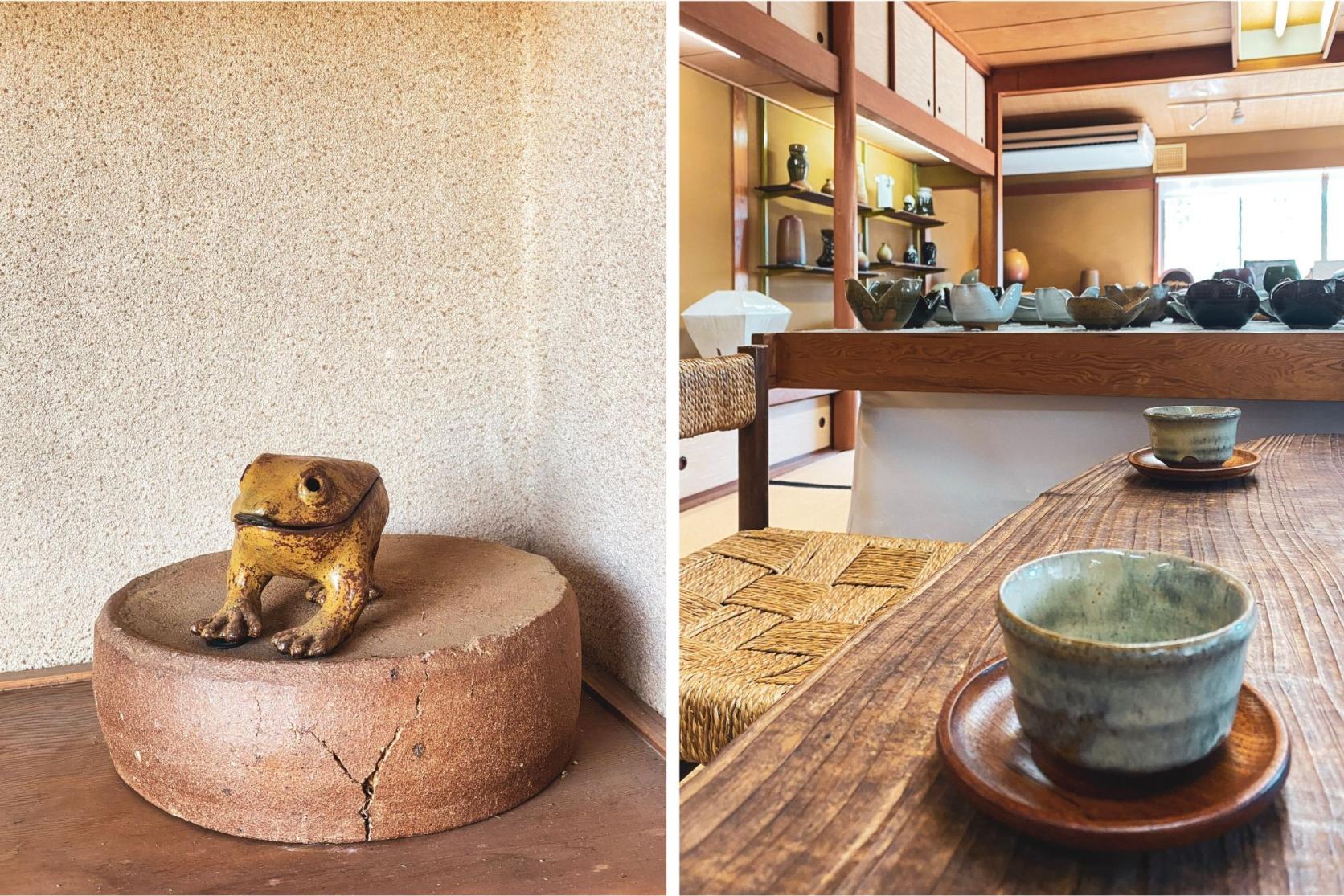
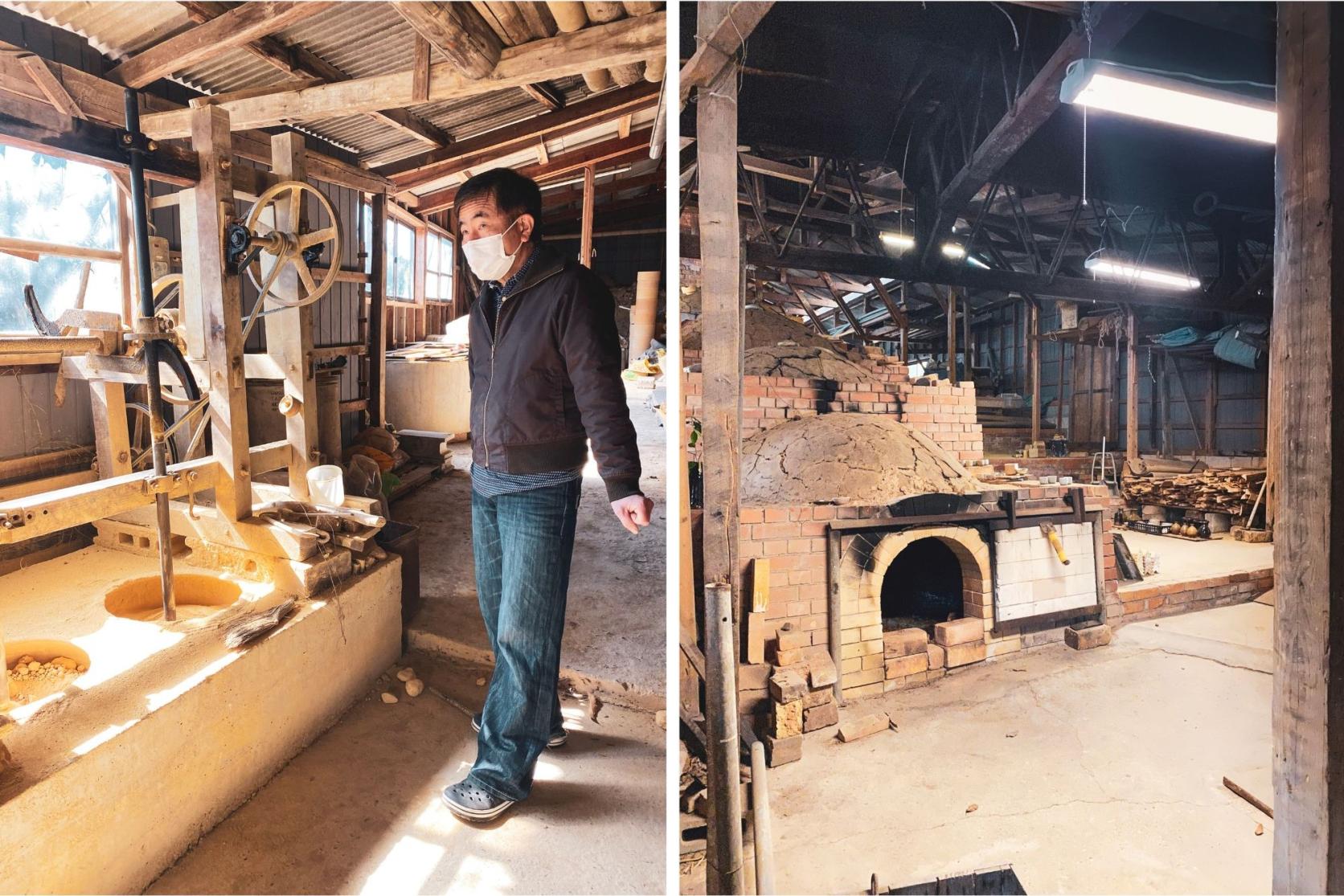
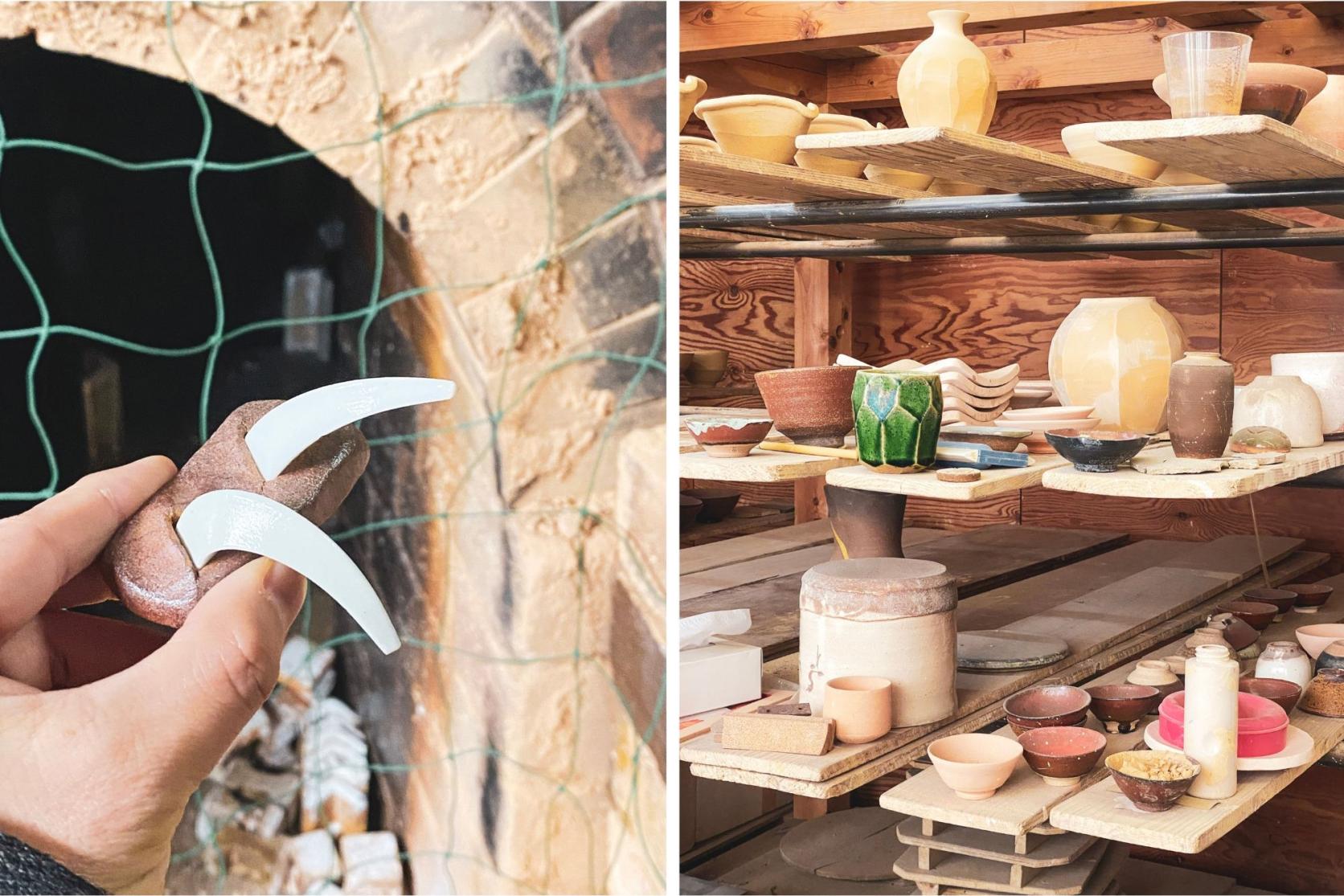
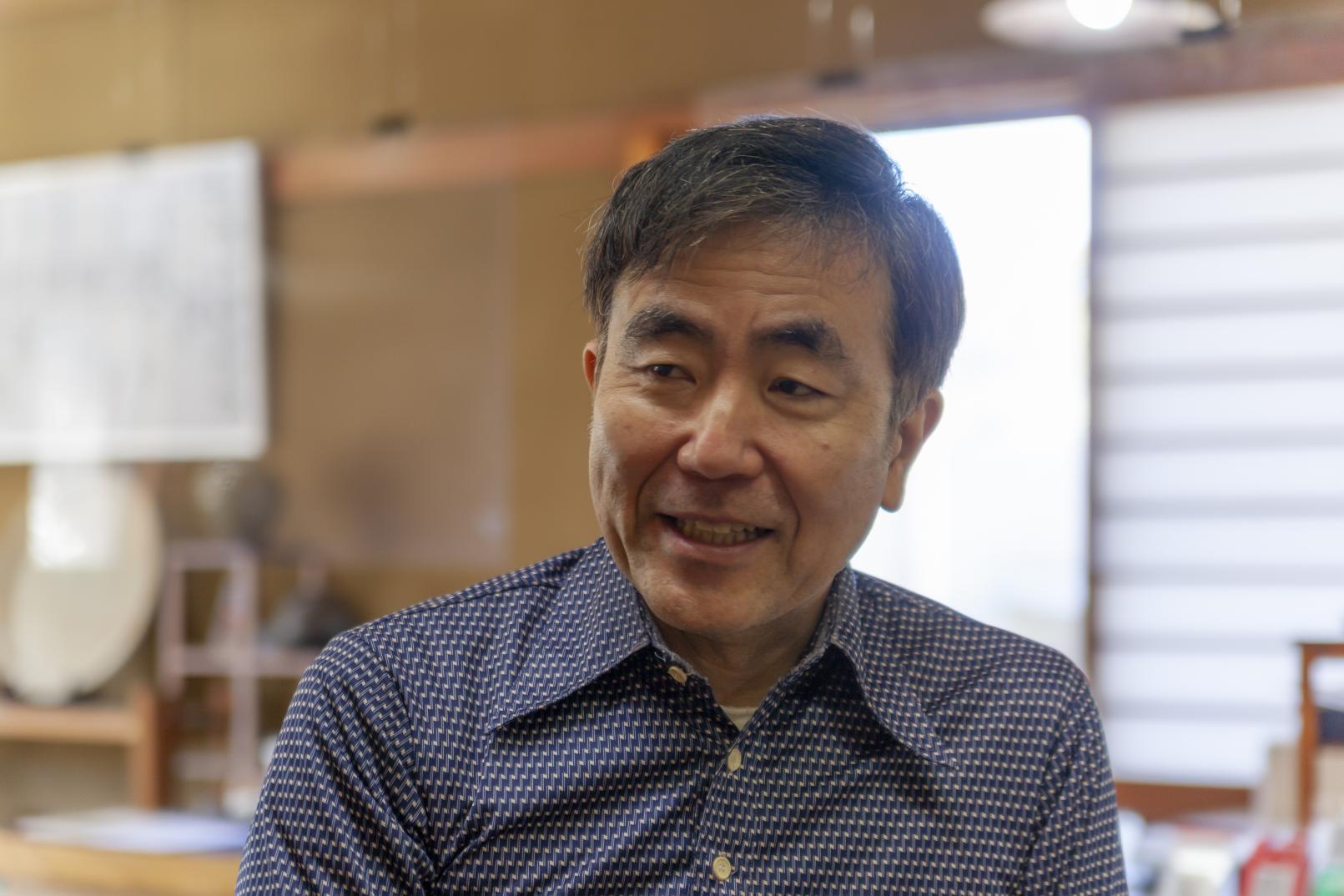
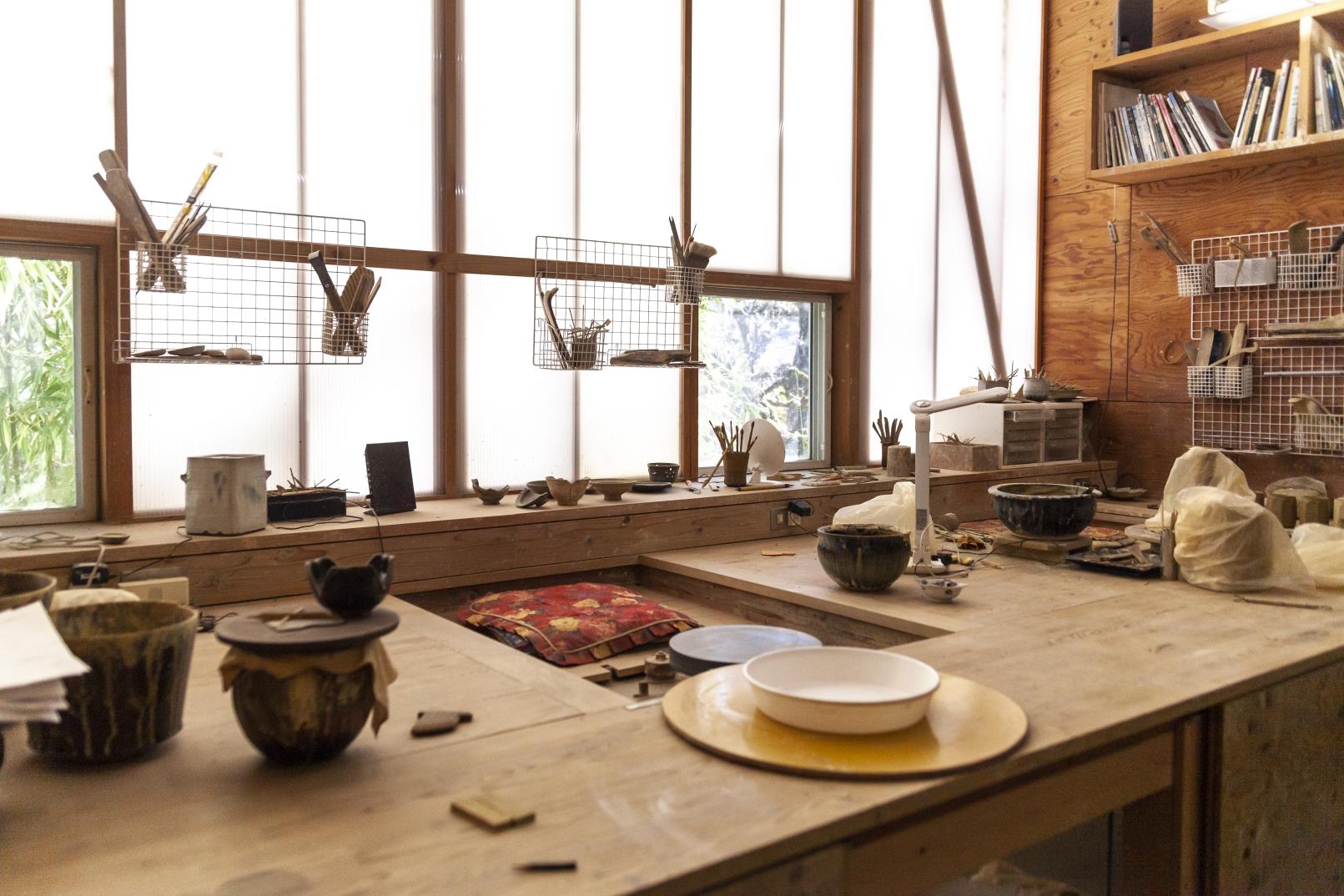
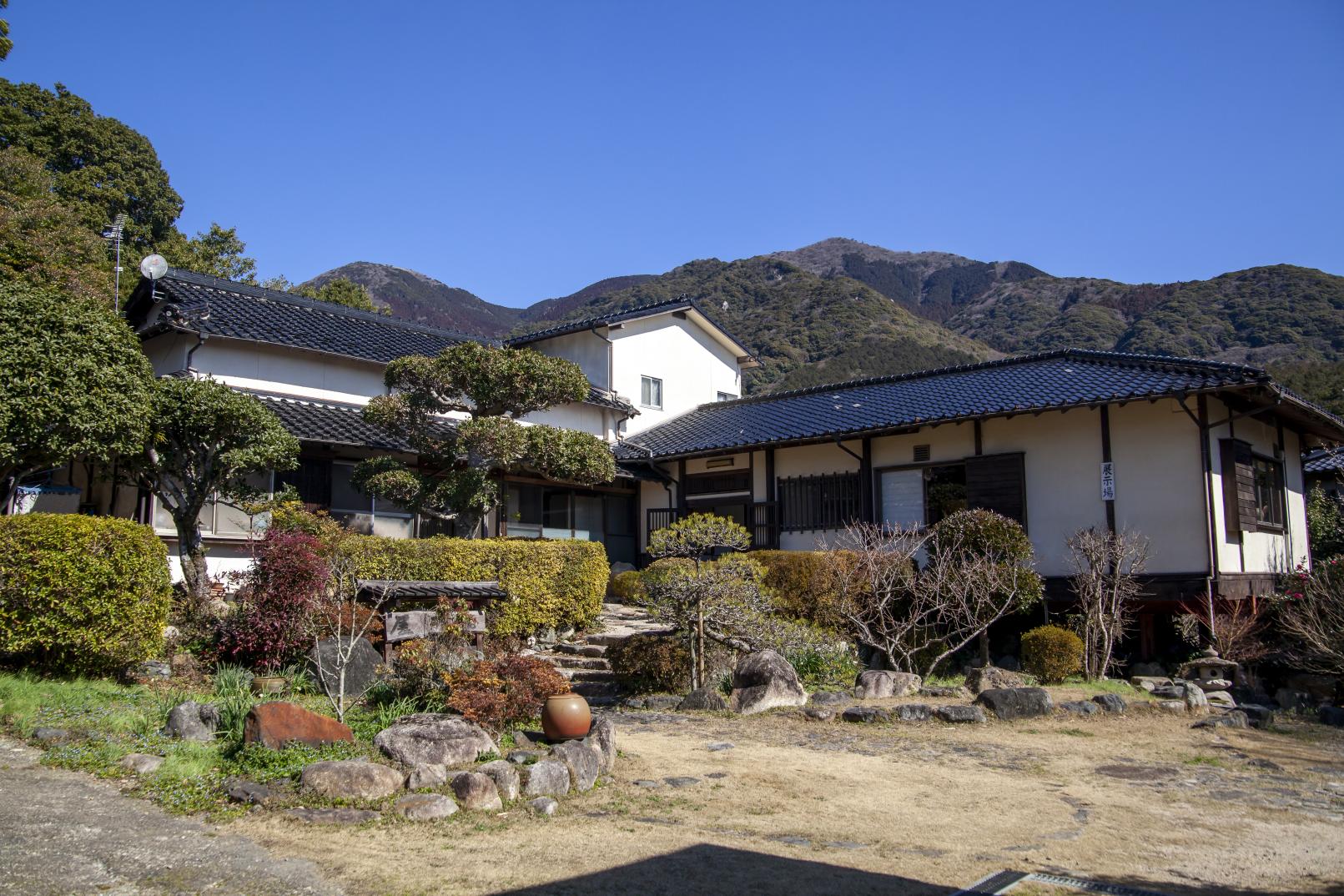
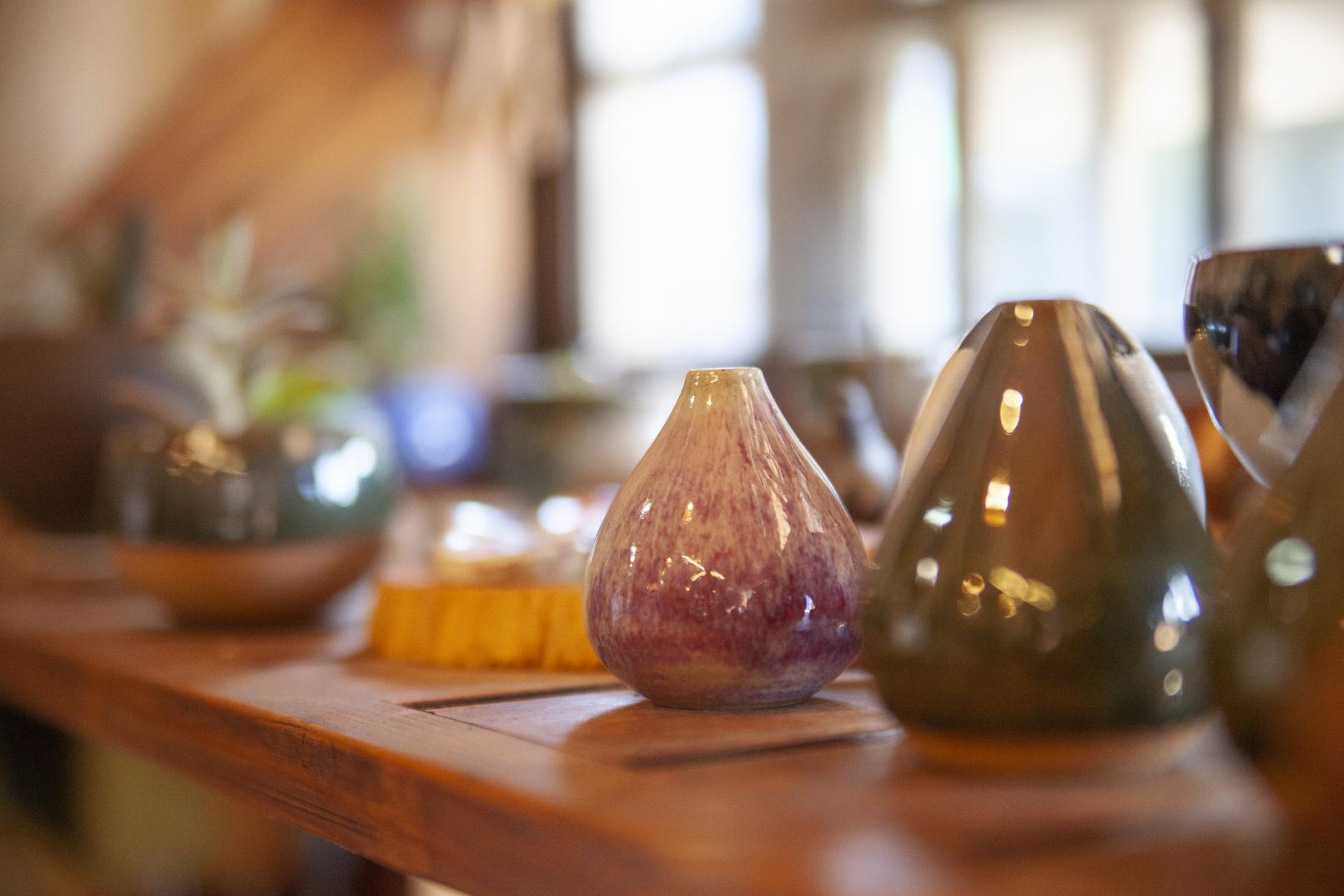
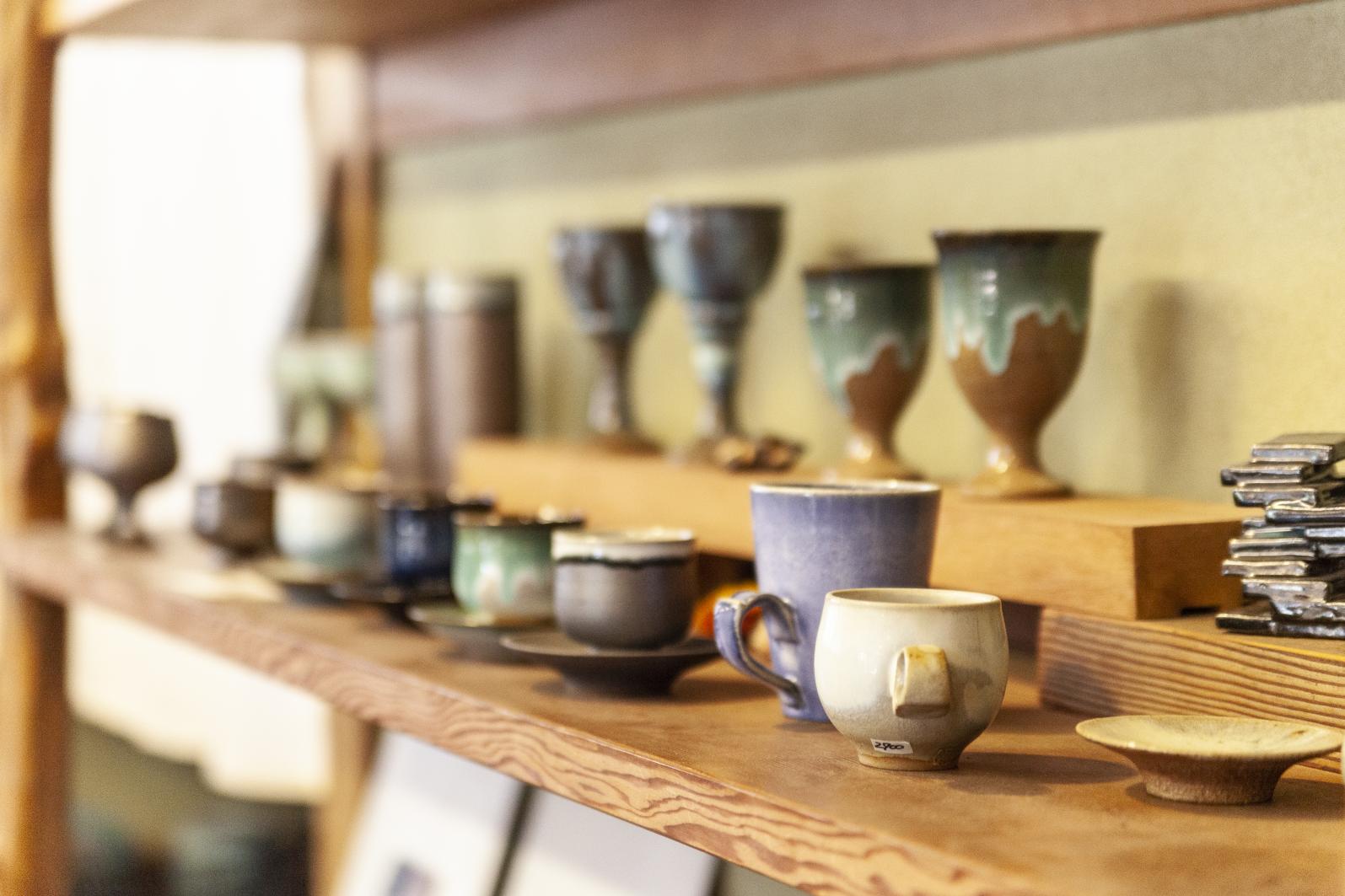
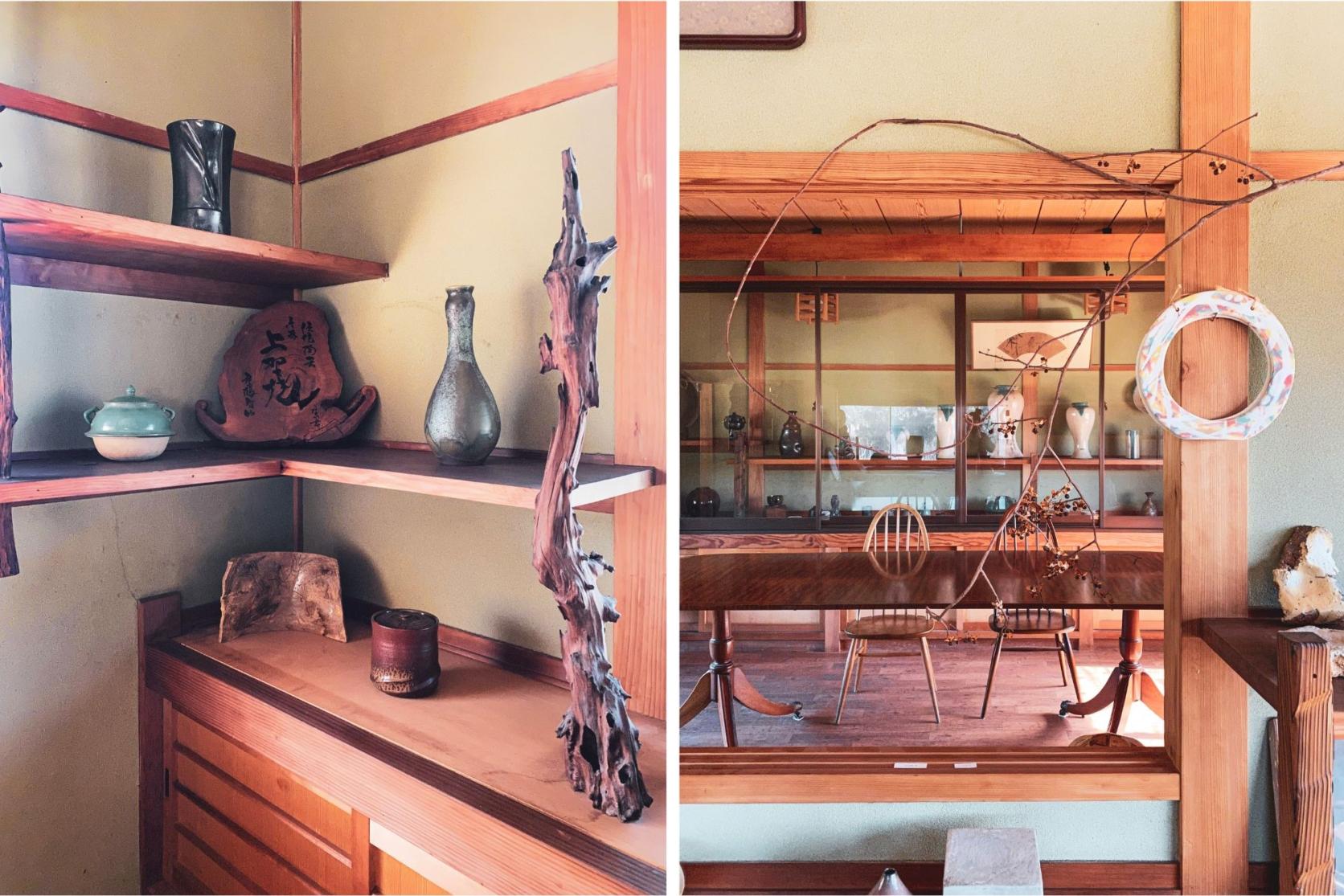
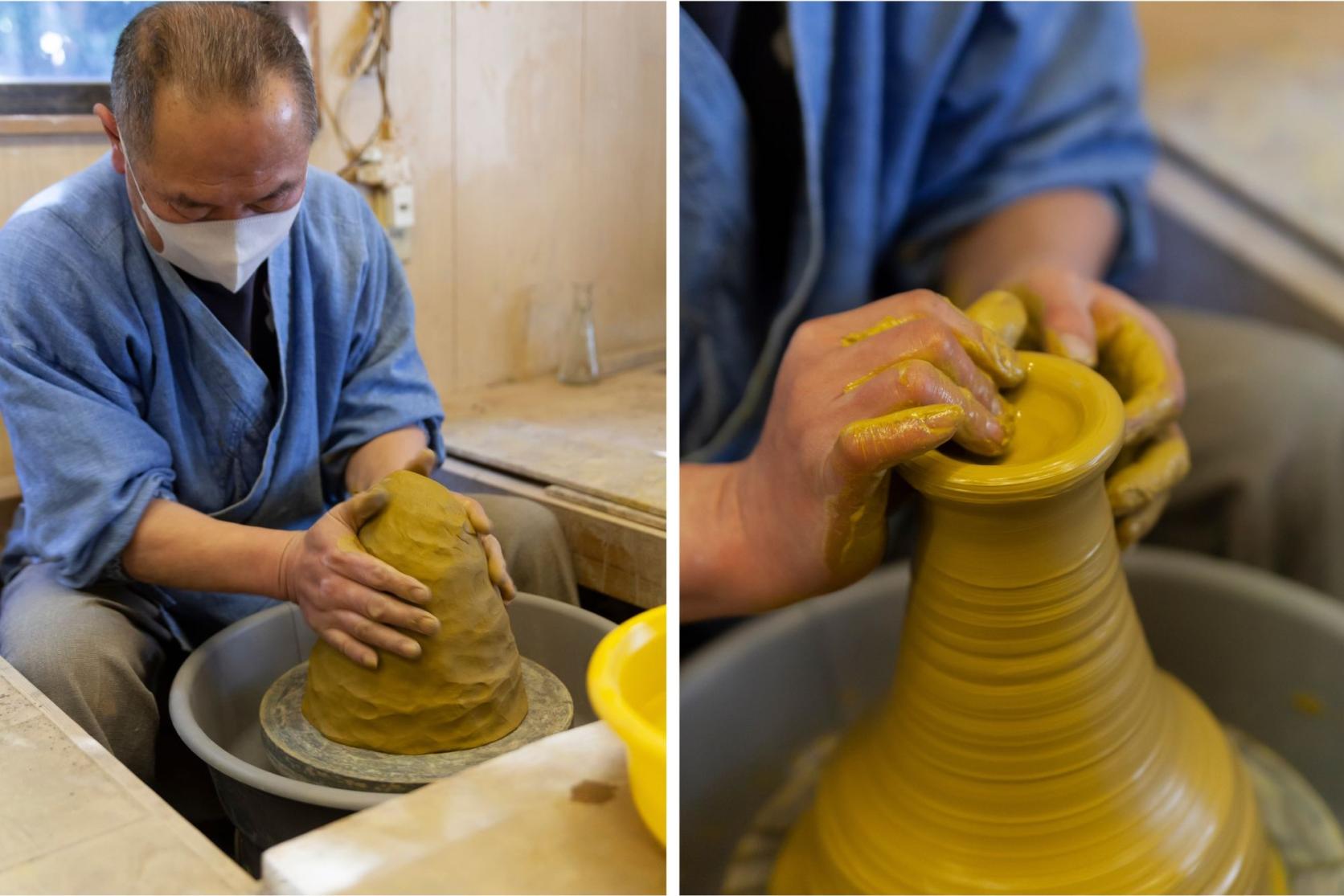
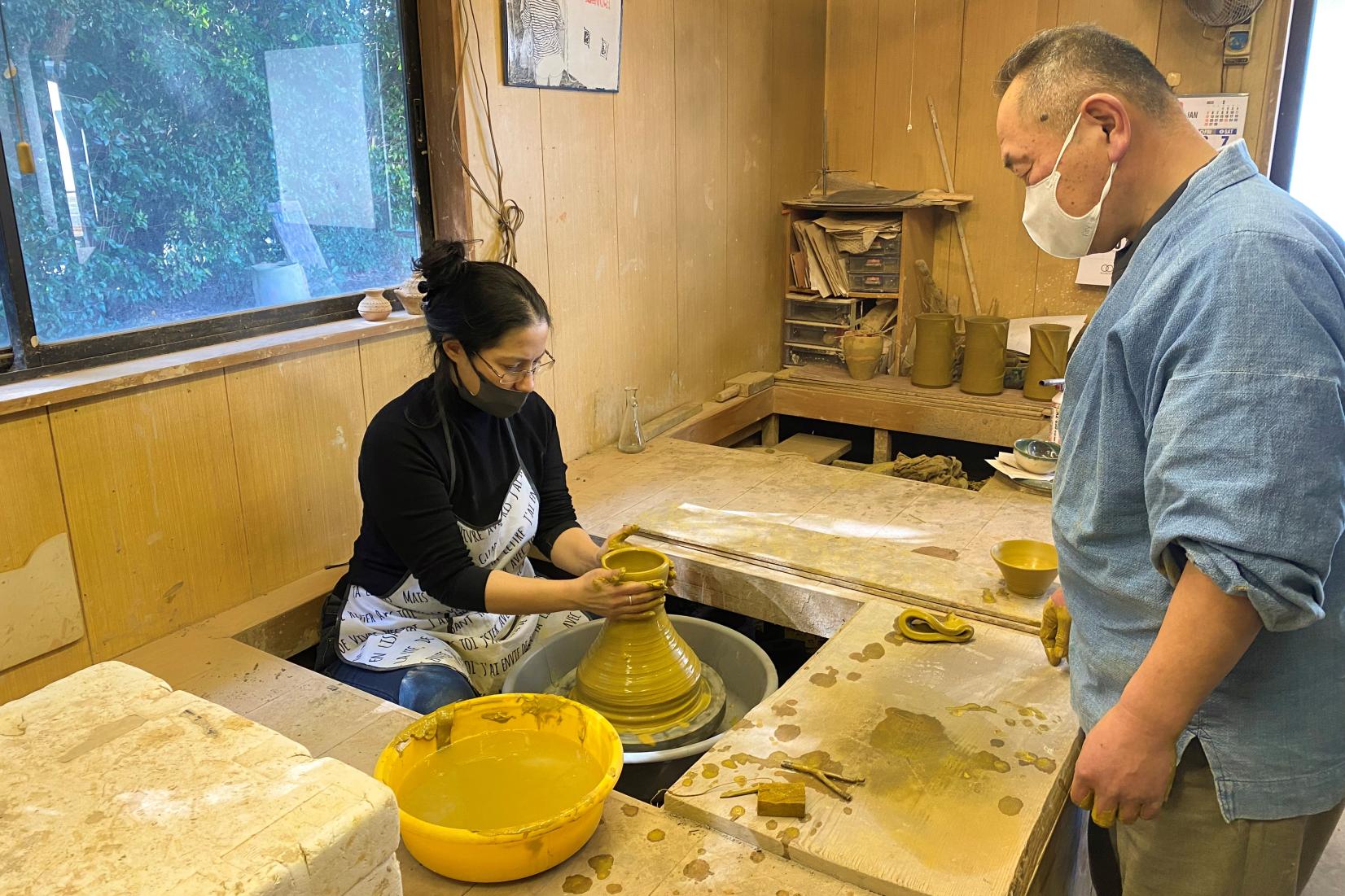
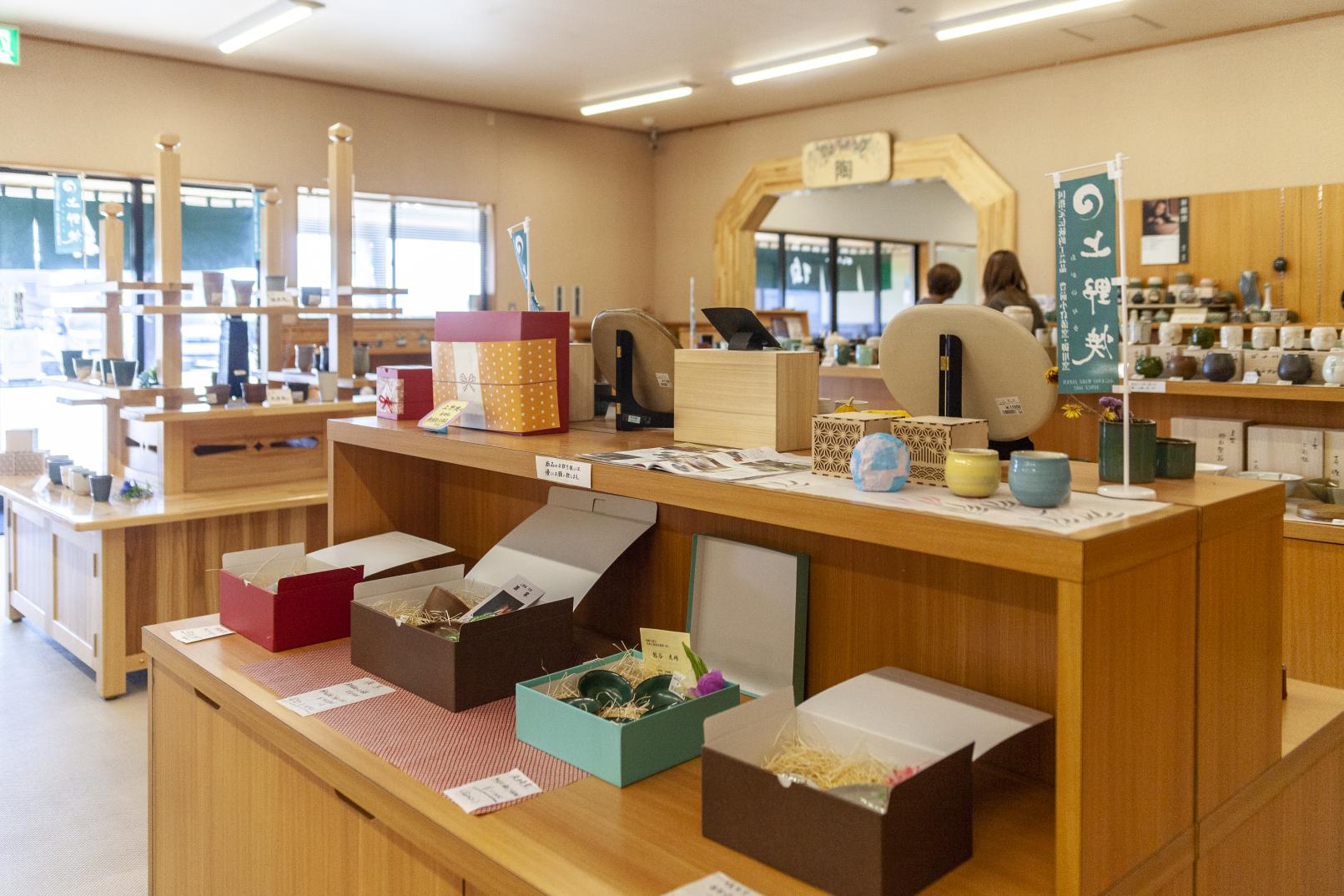
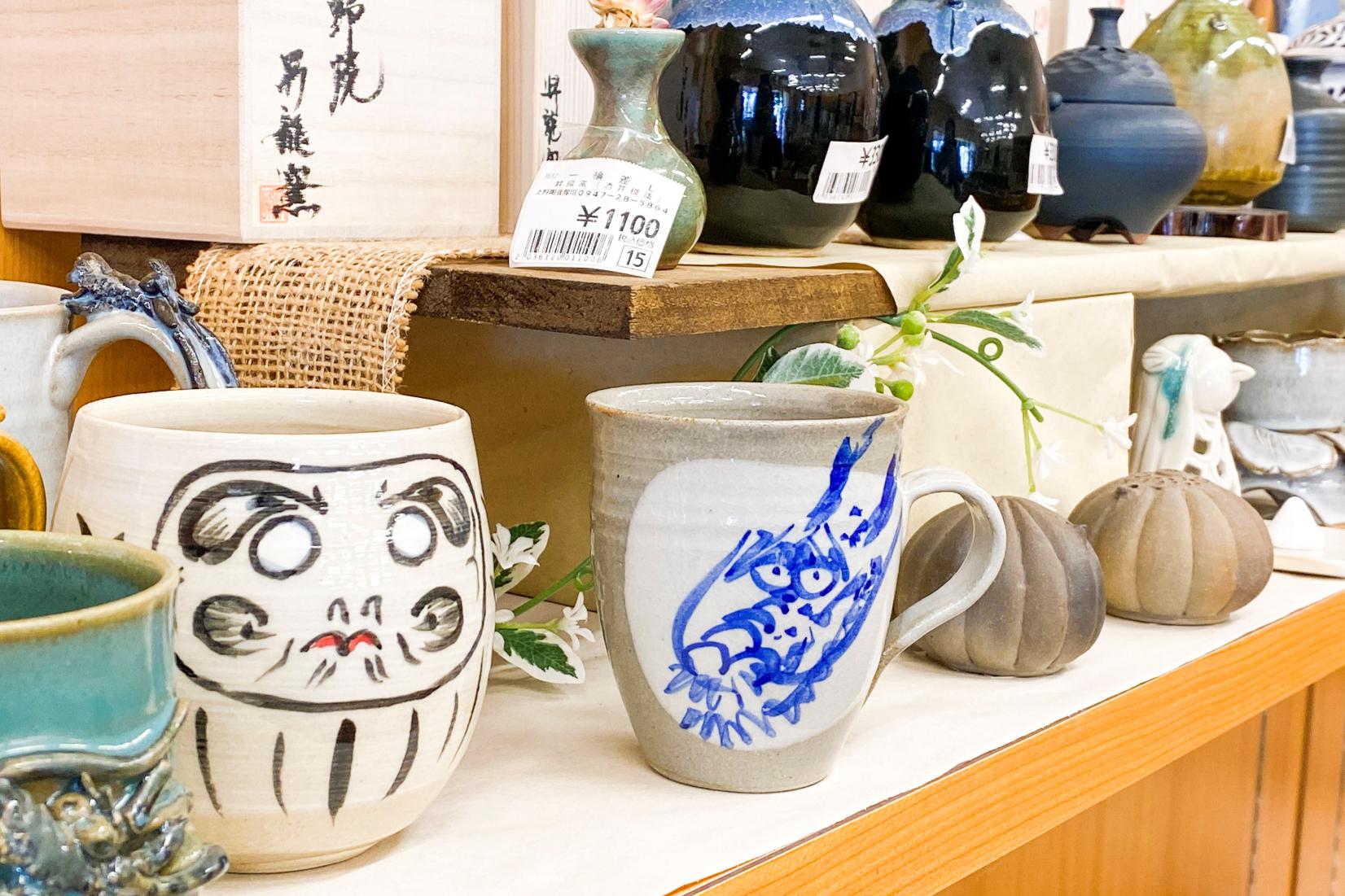
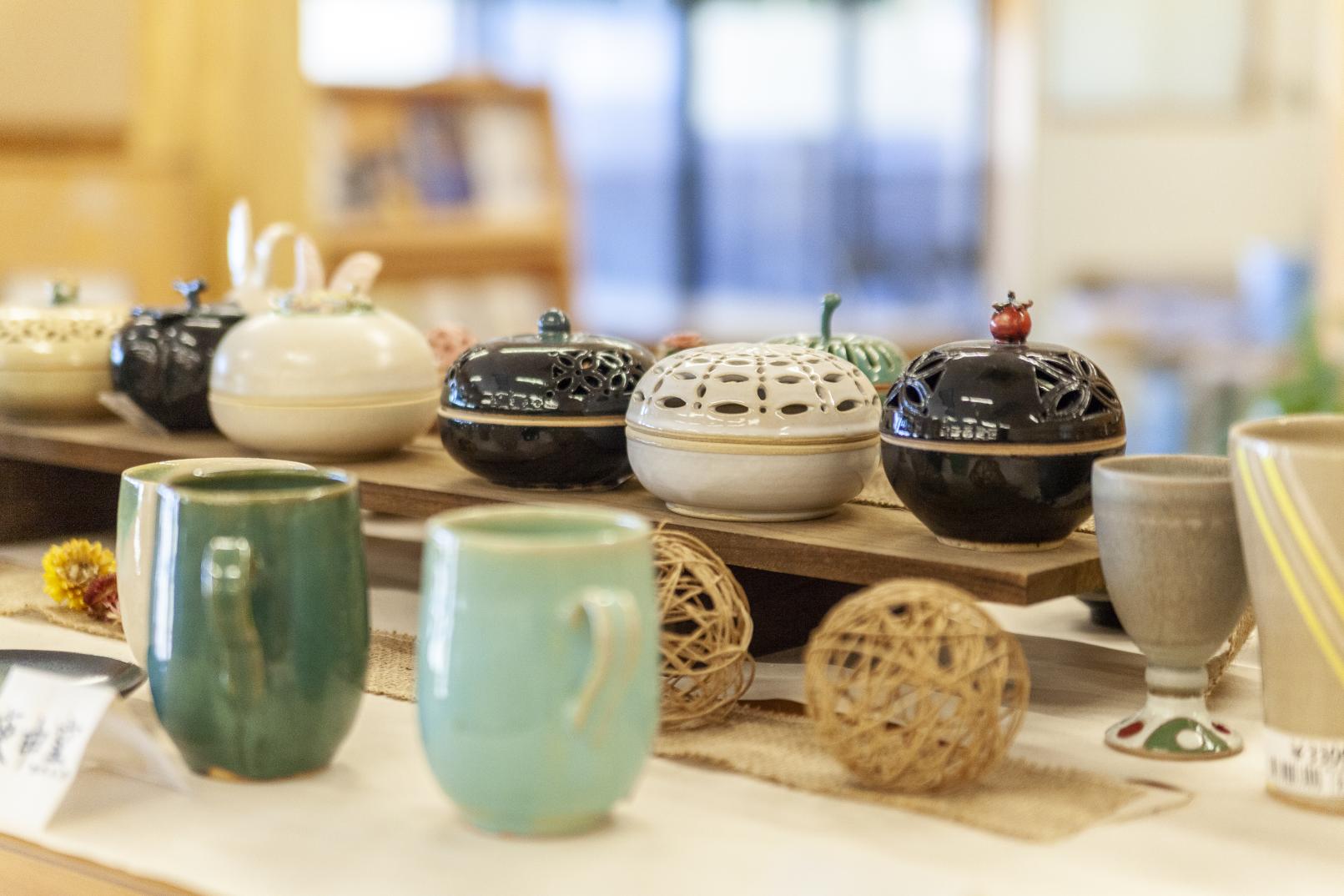
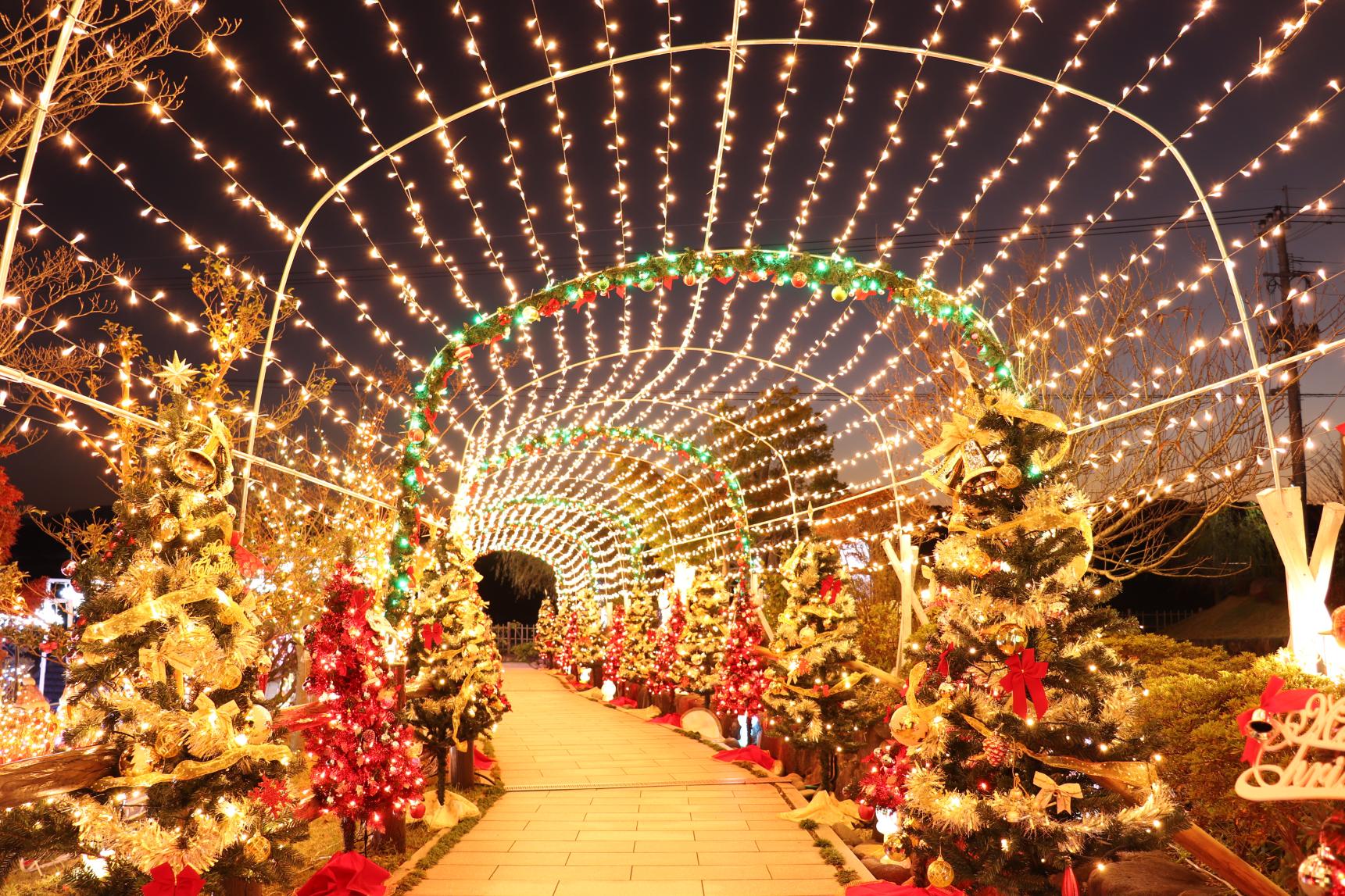
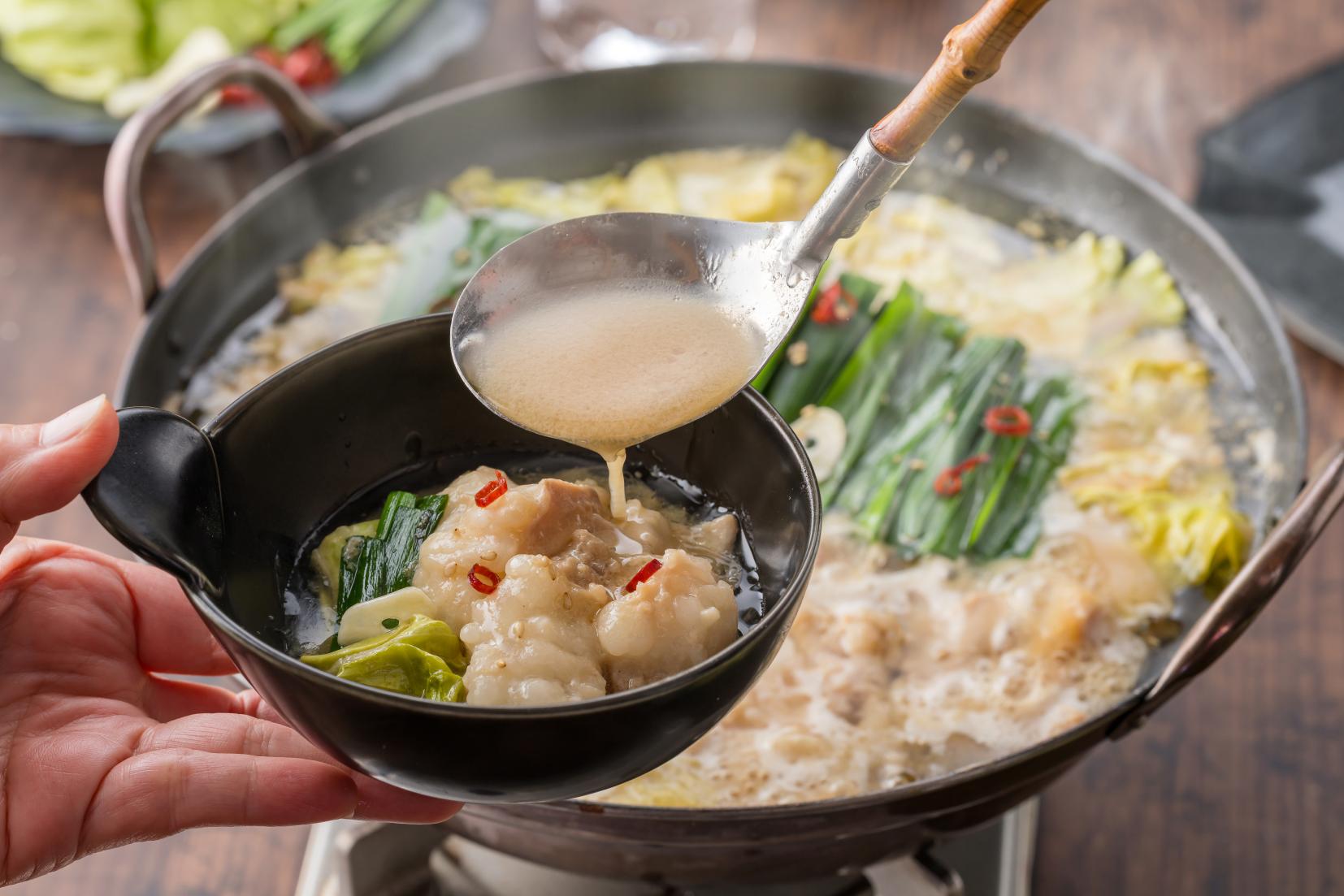

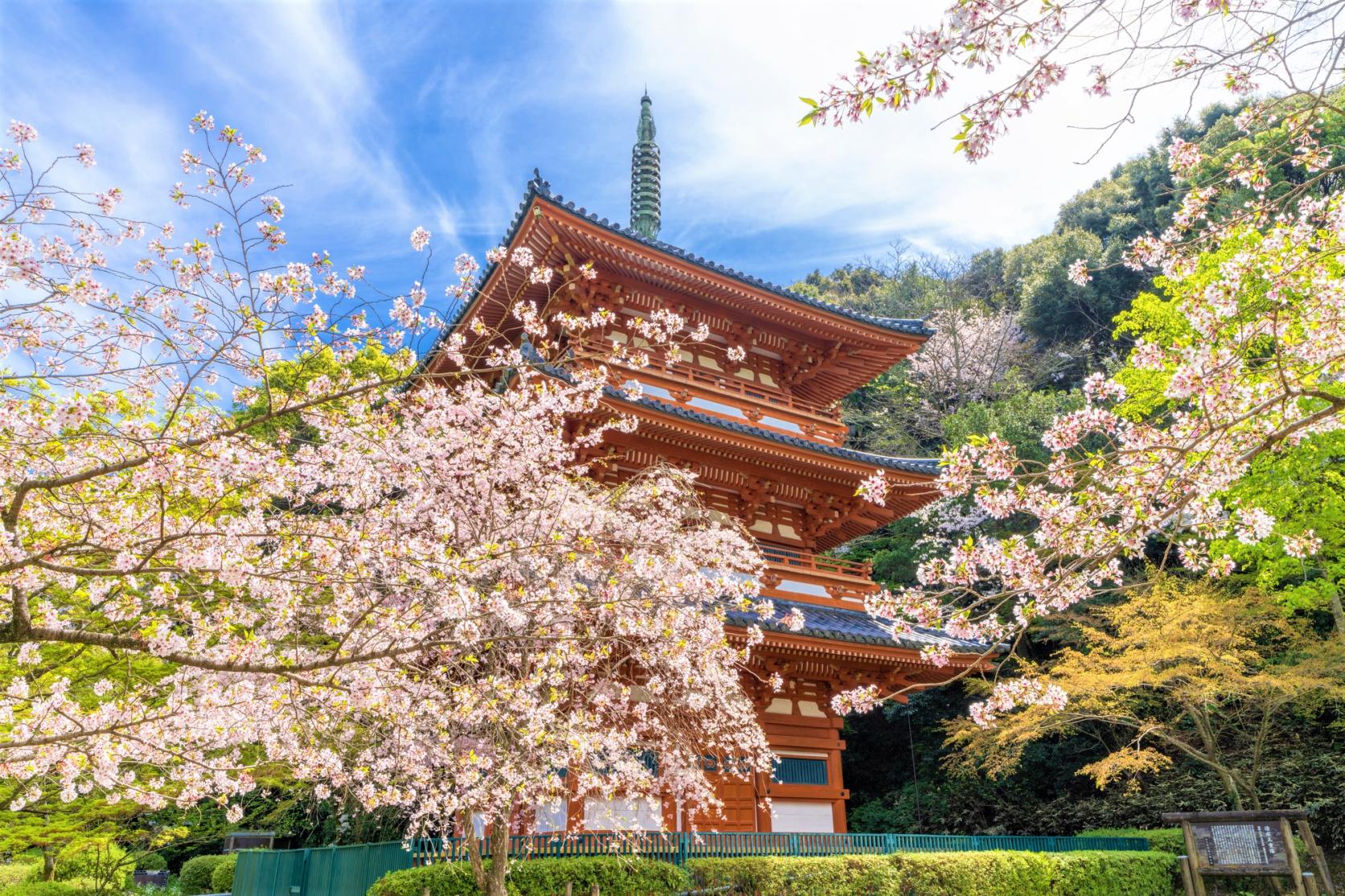
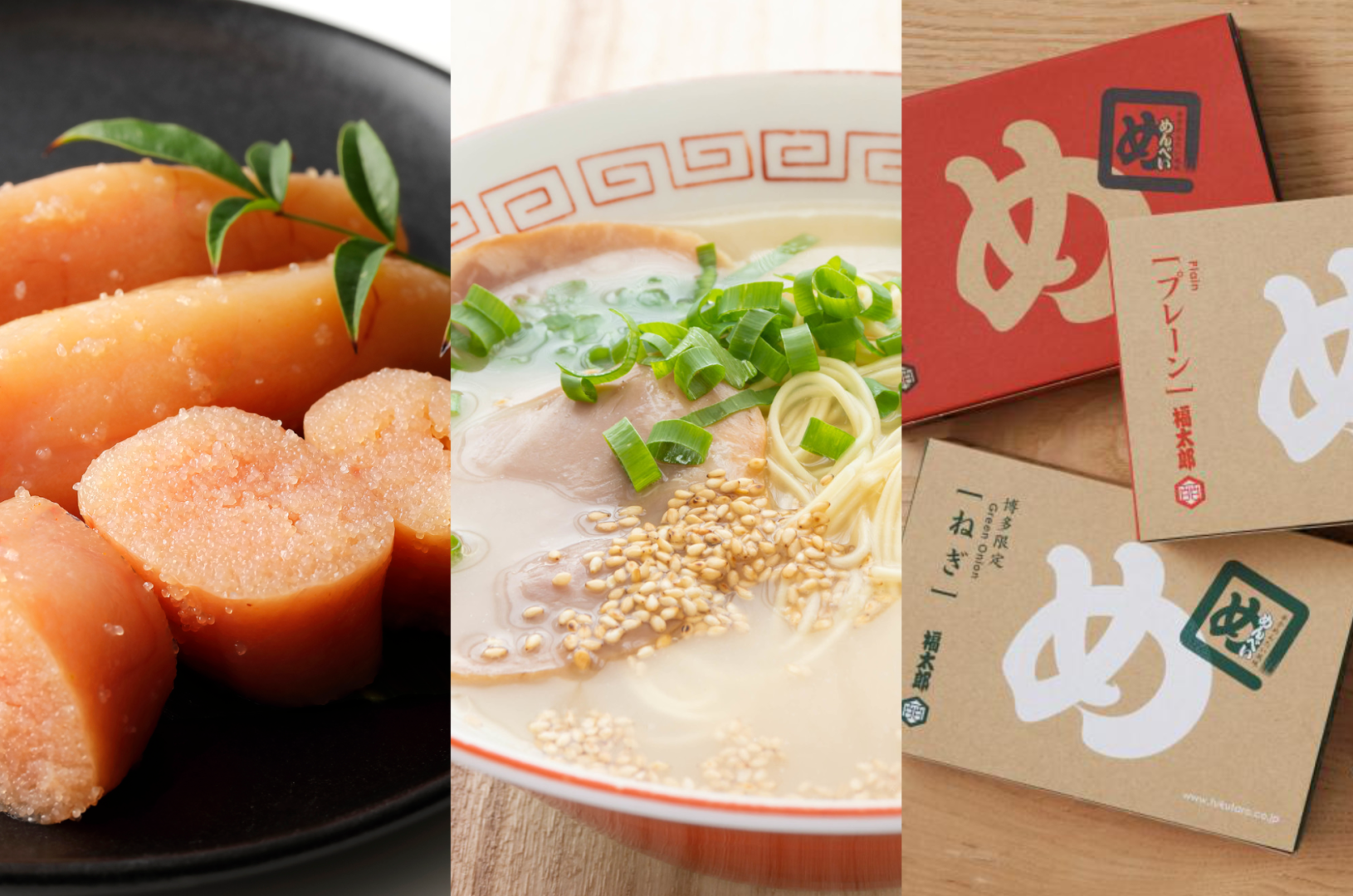
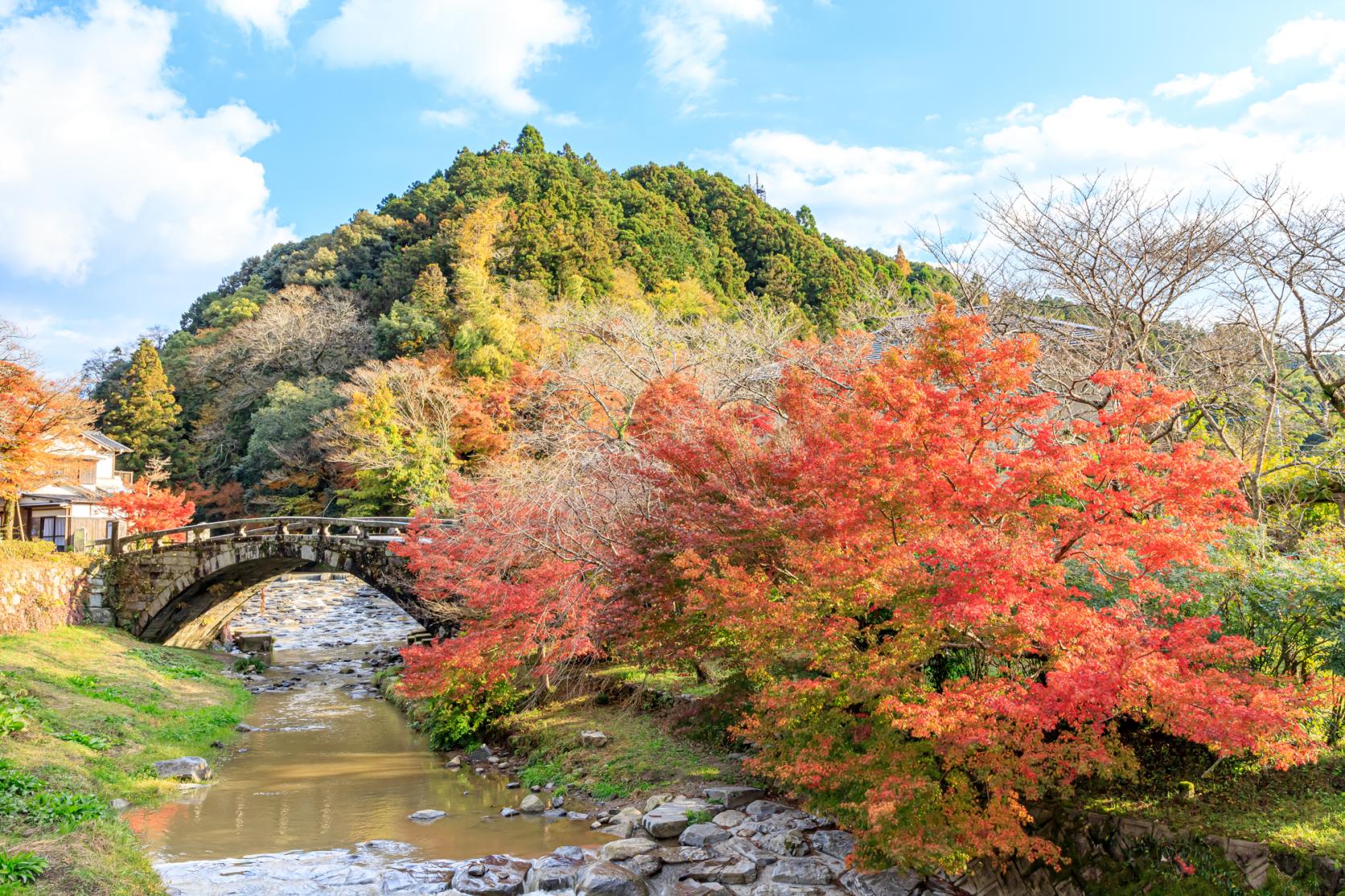

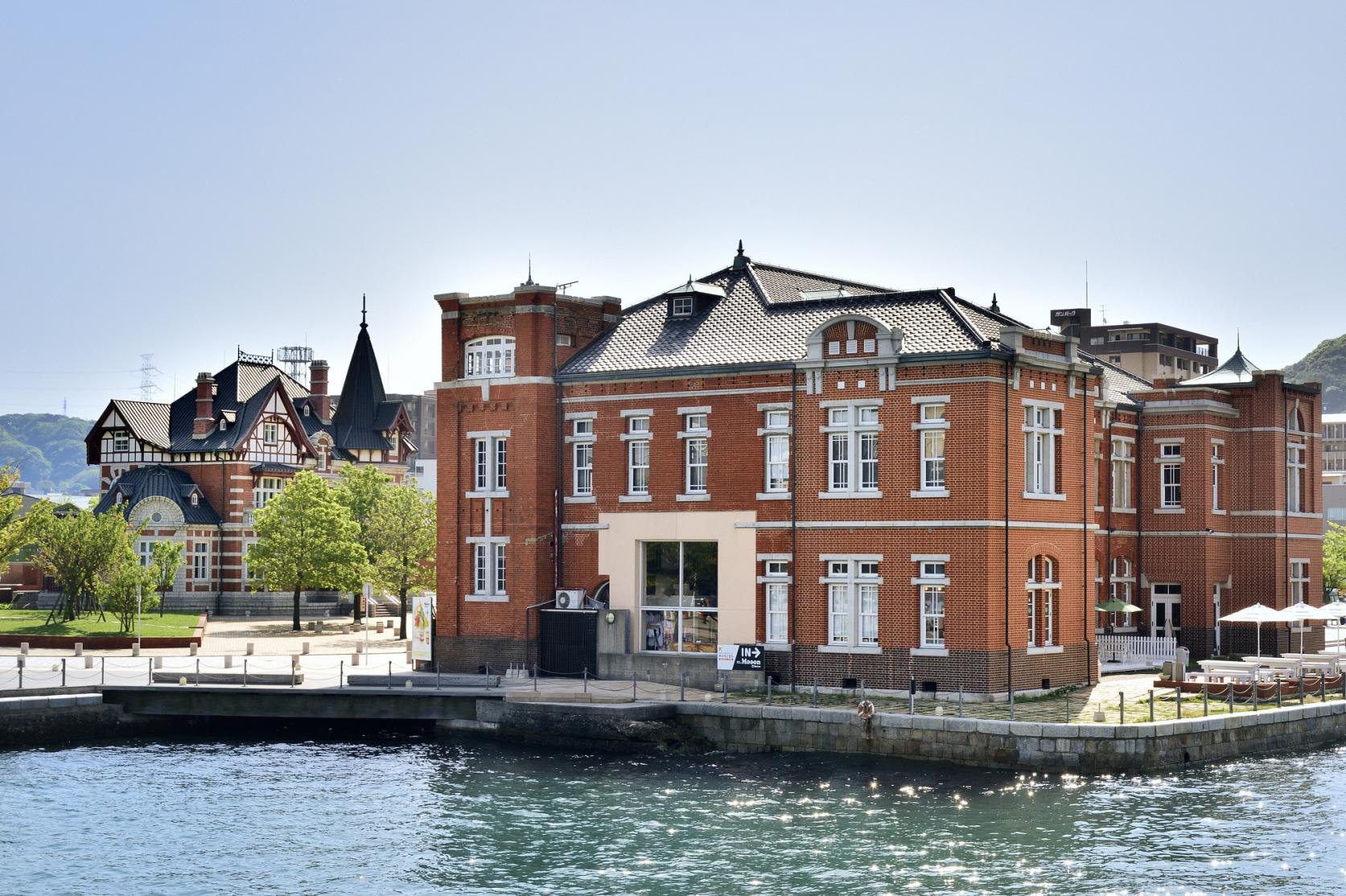
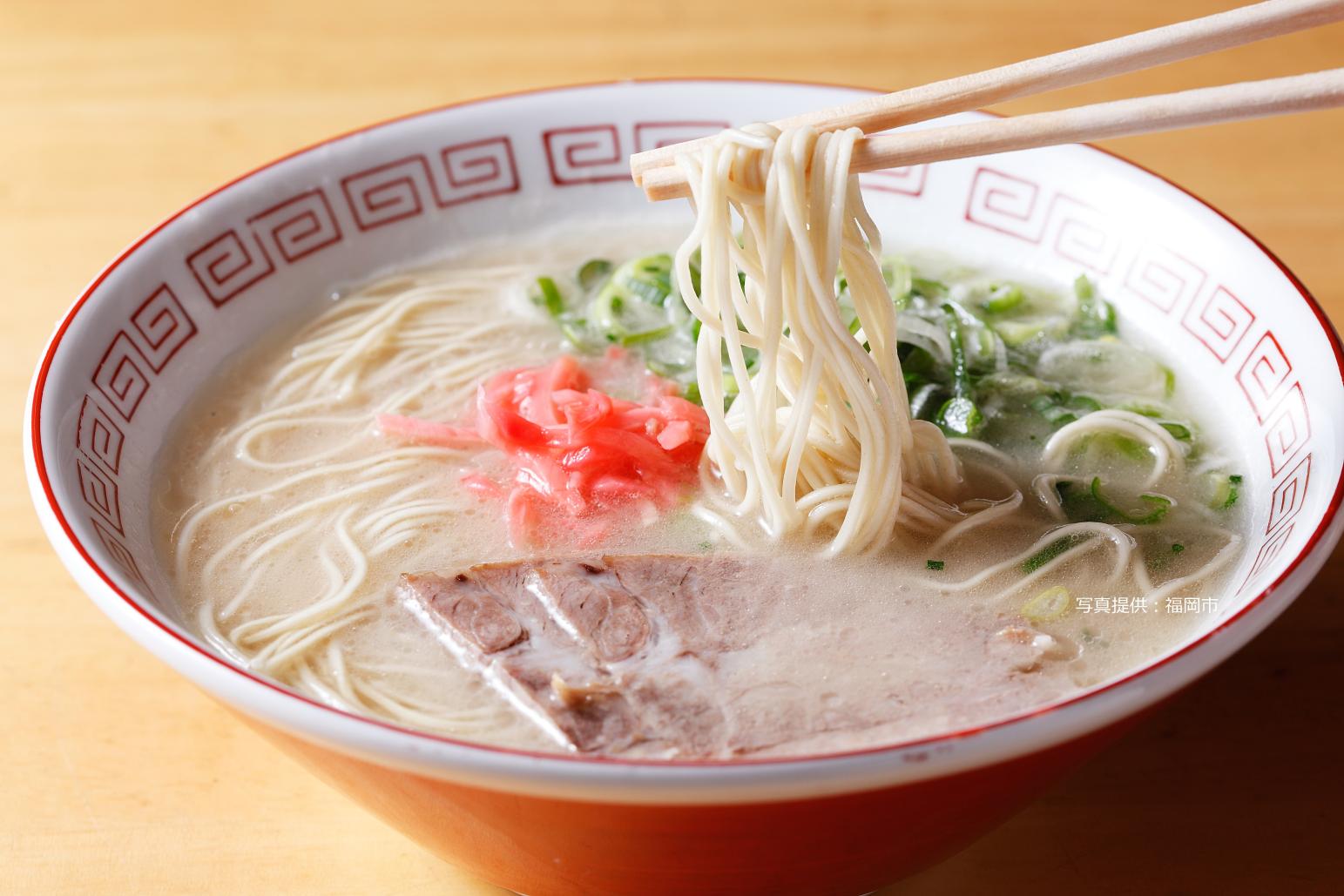
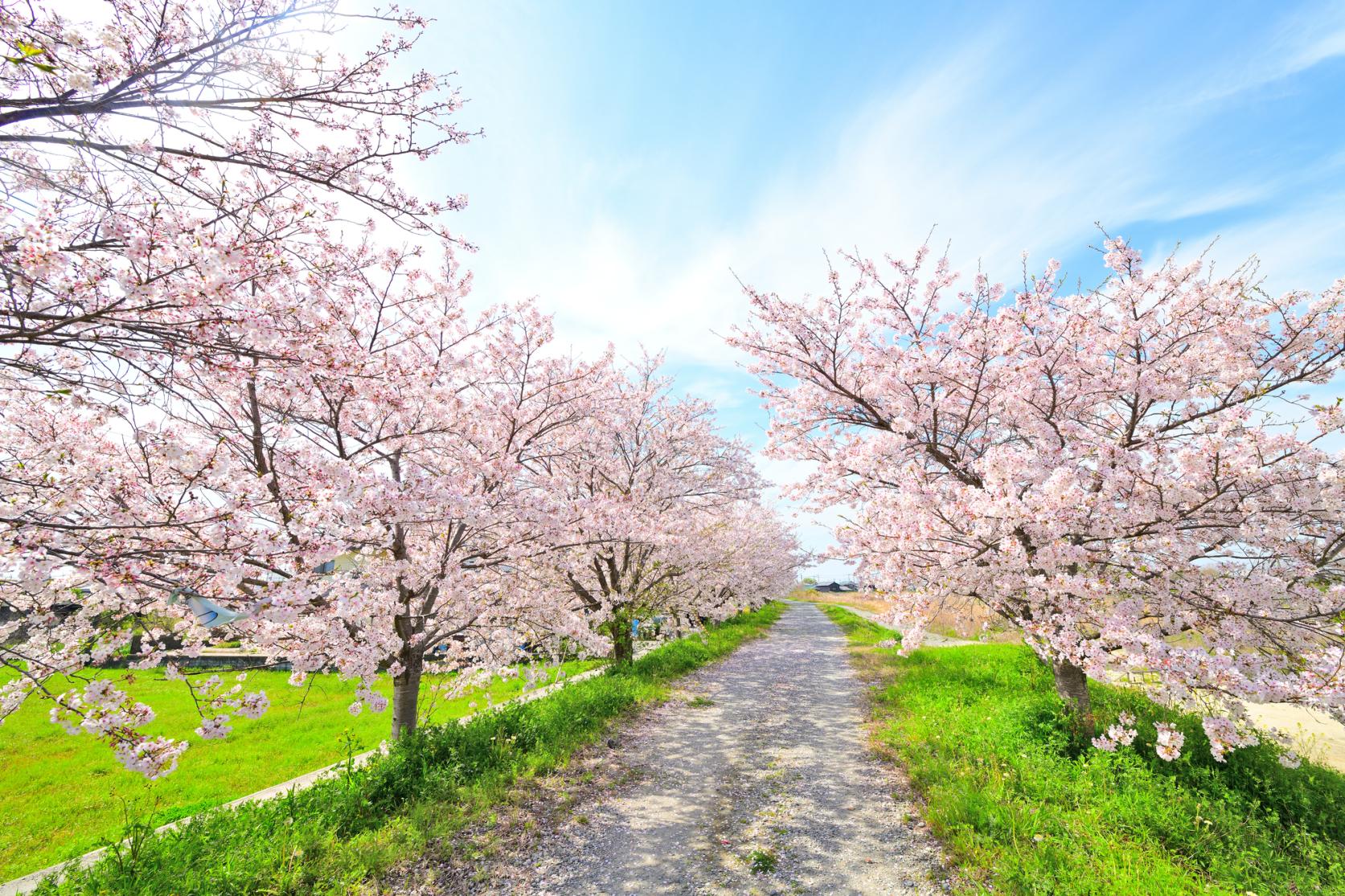
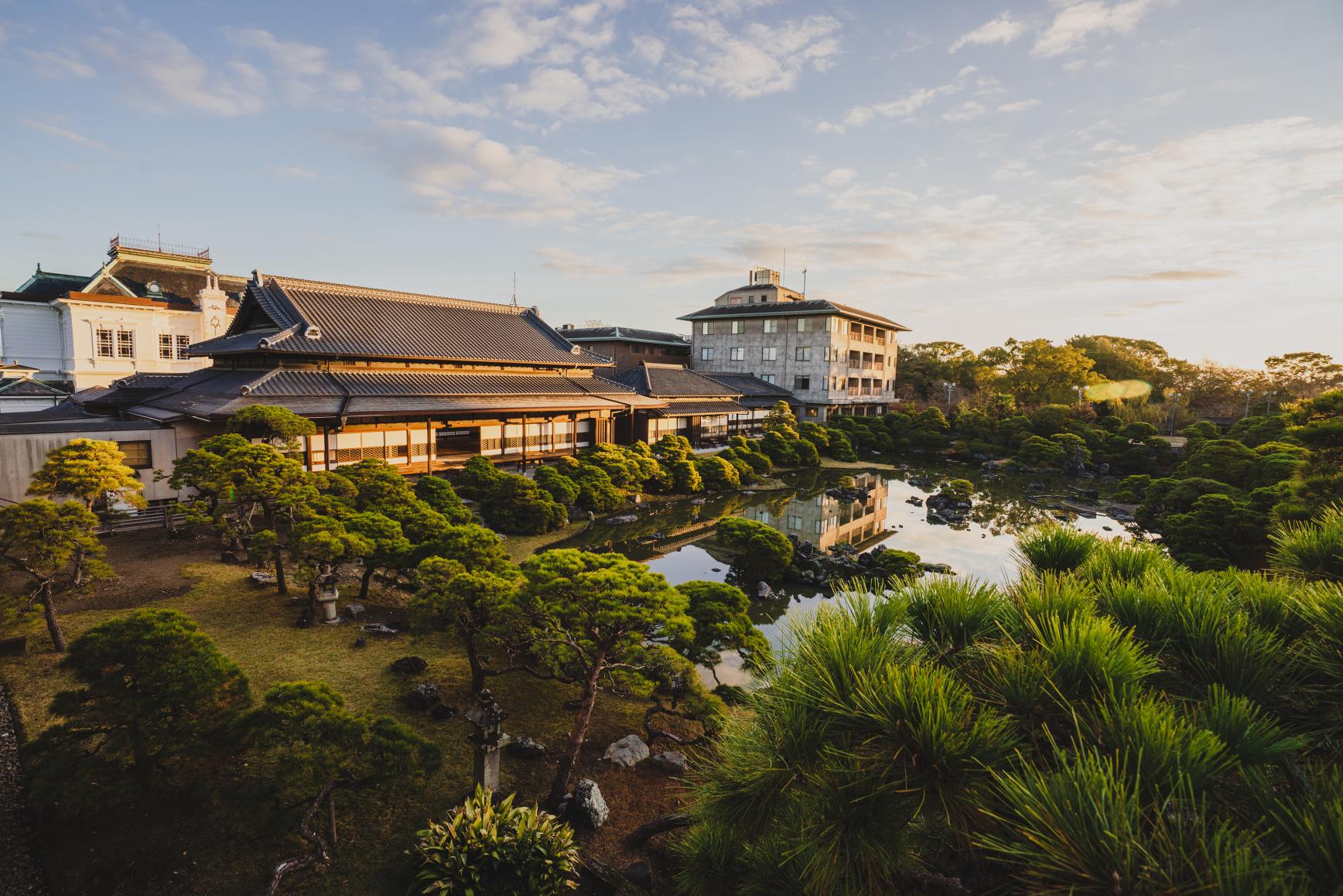
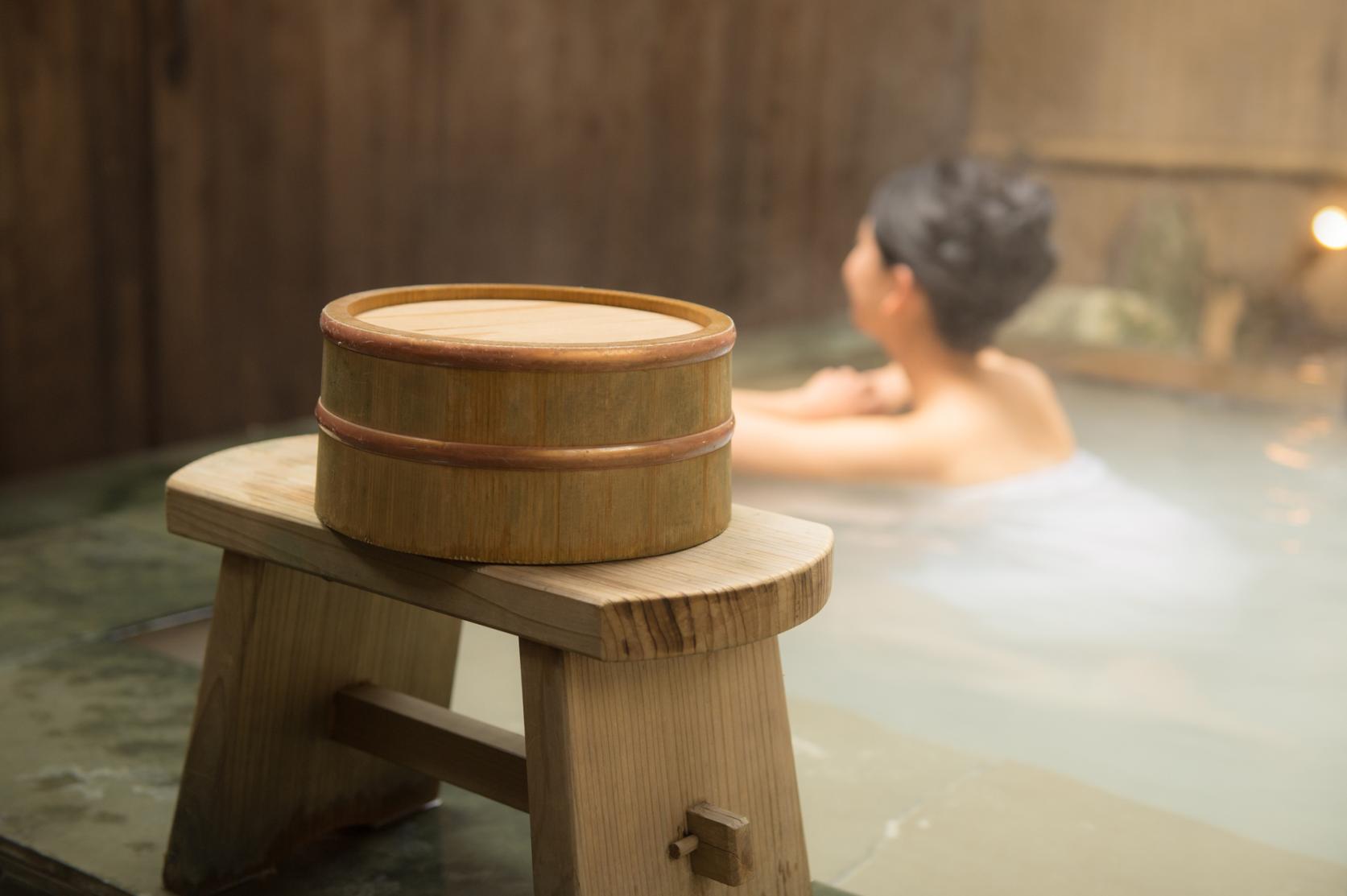
![[2025] Strawberry Picking Spots in Fukuoka-1](https://www.crossroadfukuoka.jp/storage/special_features/49/responsive_images/9ZHgrqvQdpH8tM4IRF54DXu0aPBF3YGGkj5WOTGc__1673_1115.jpg)
